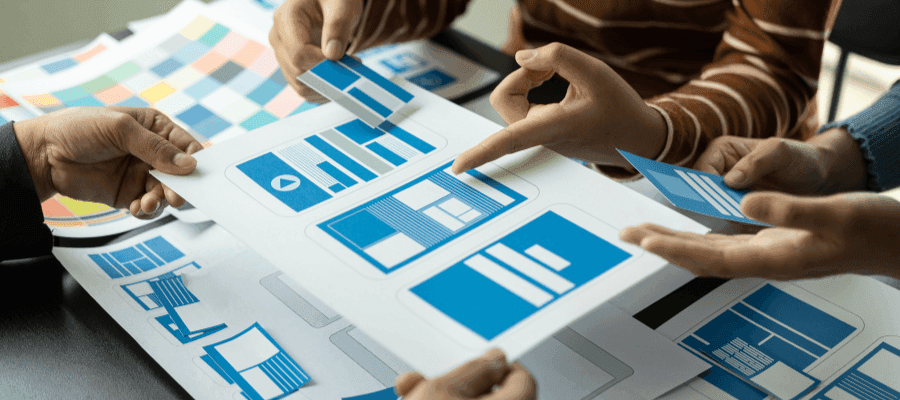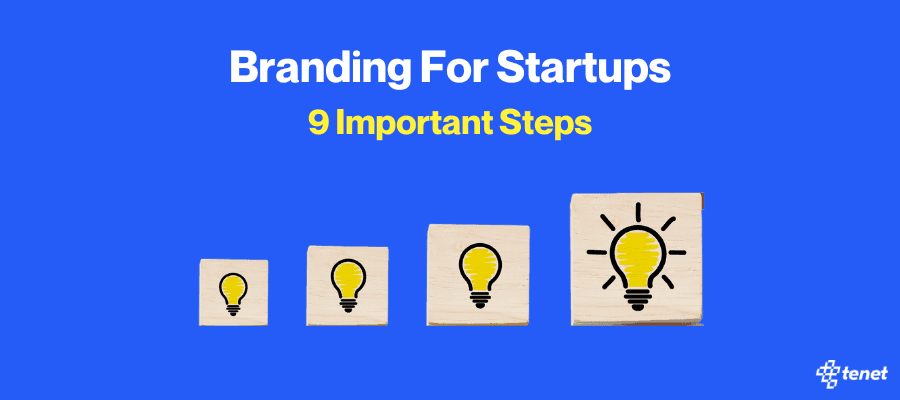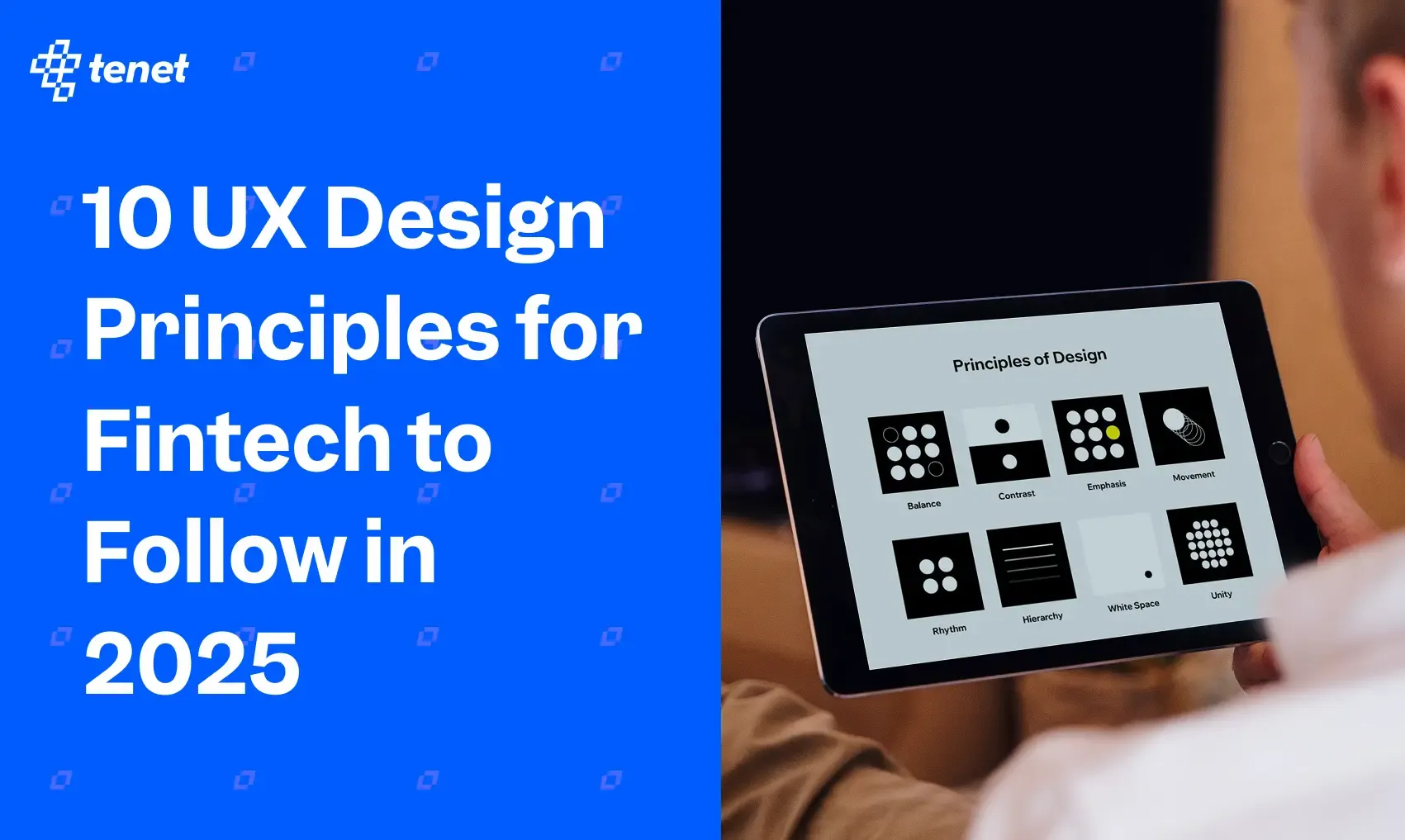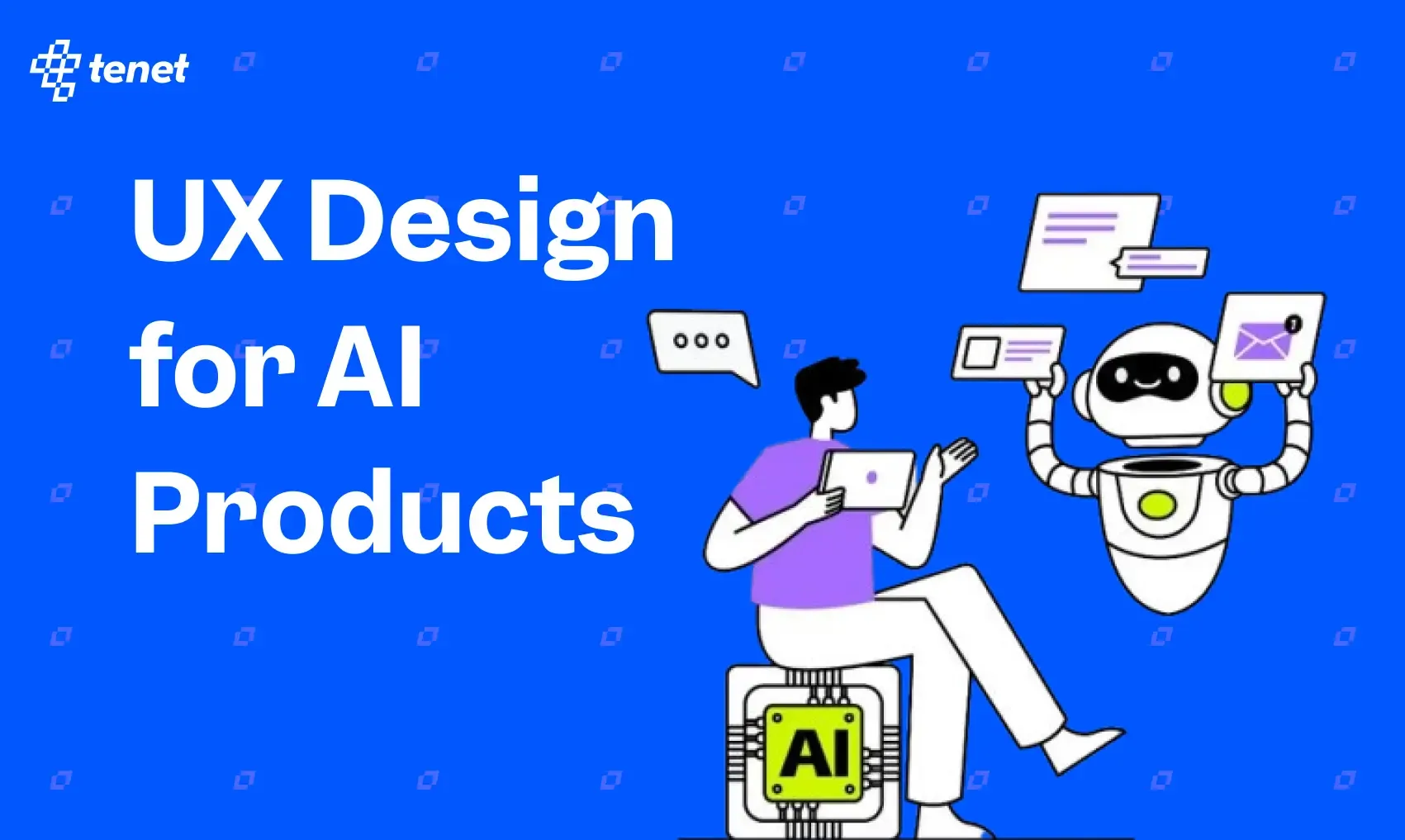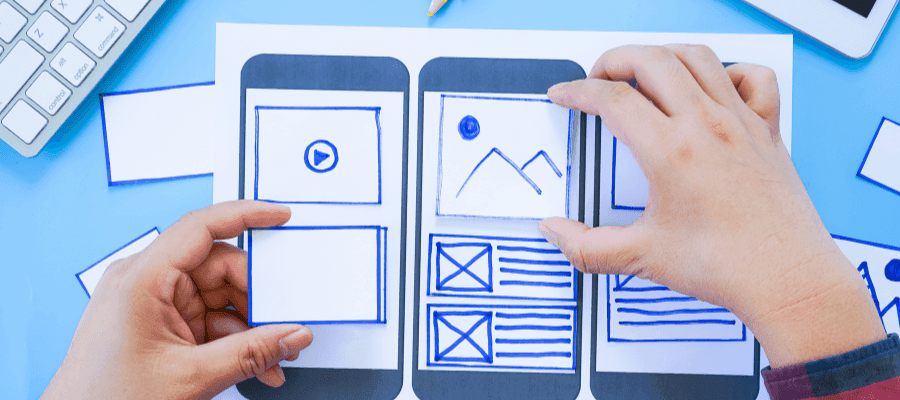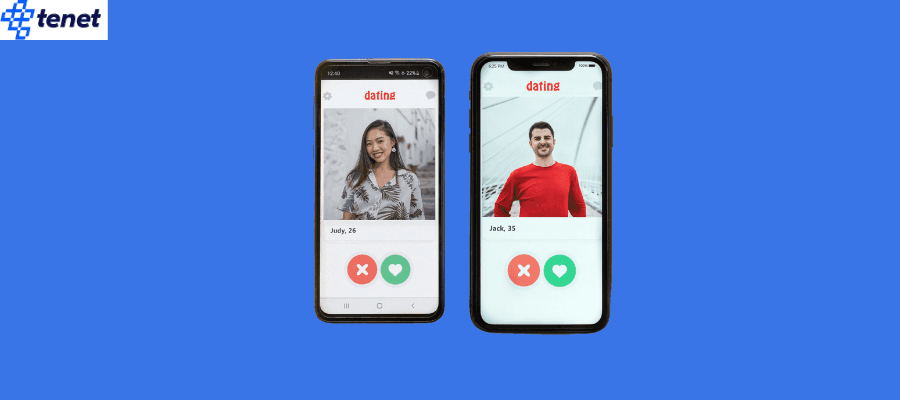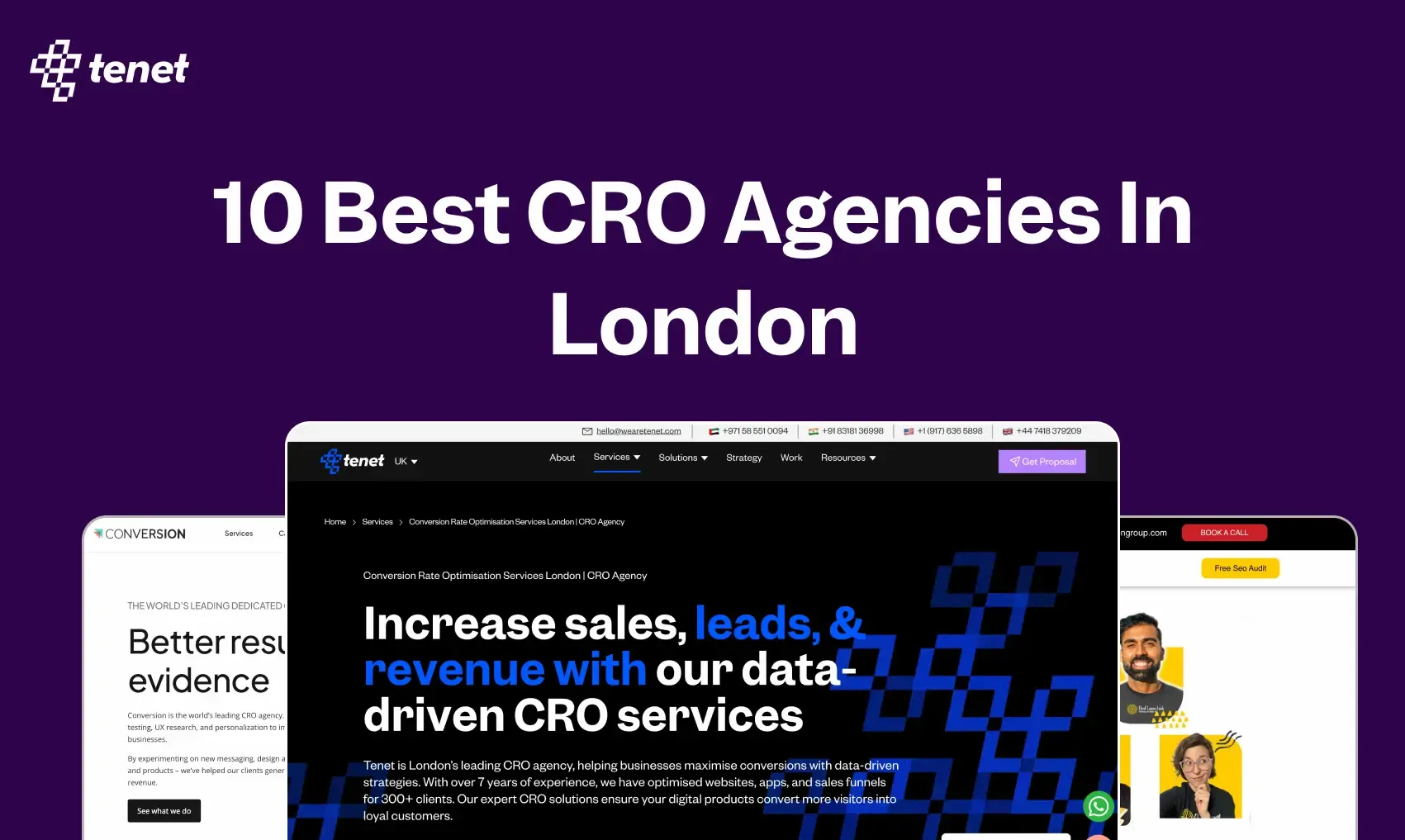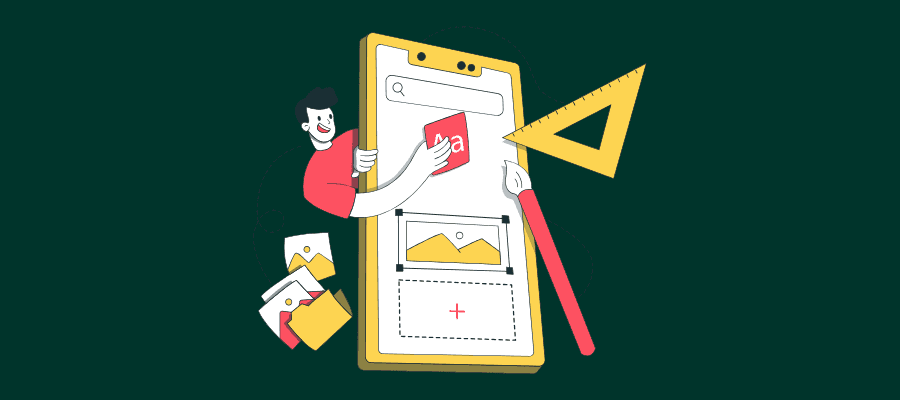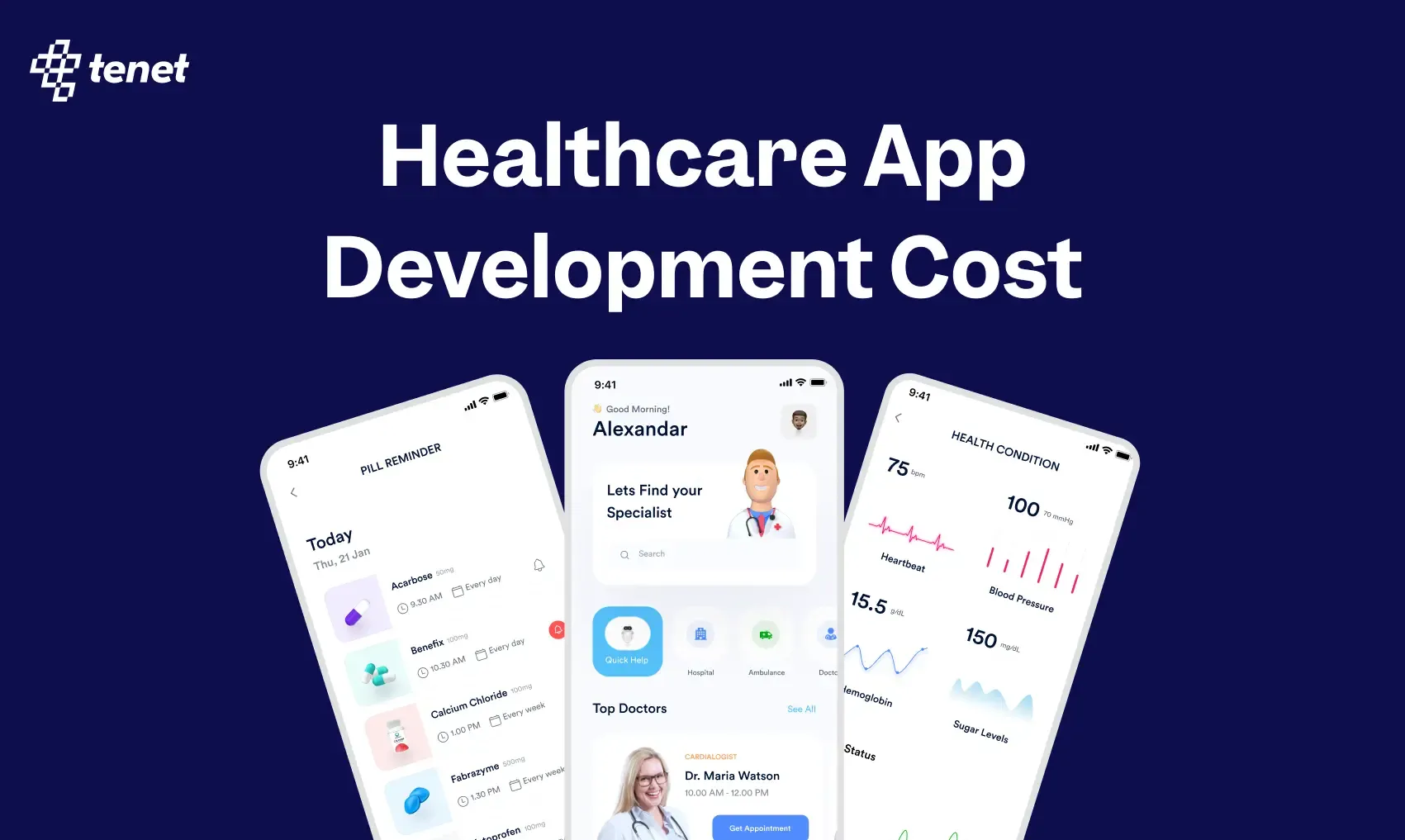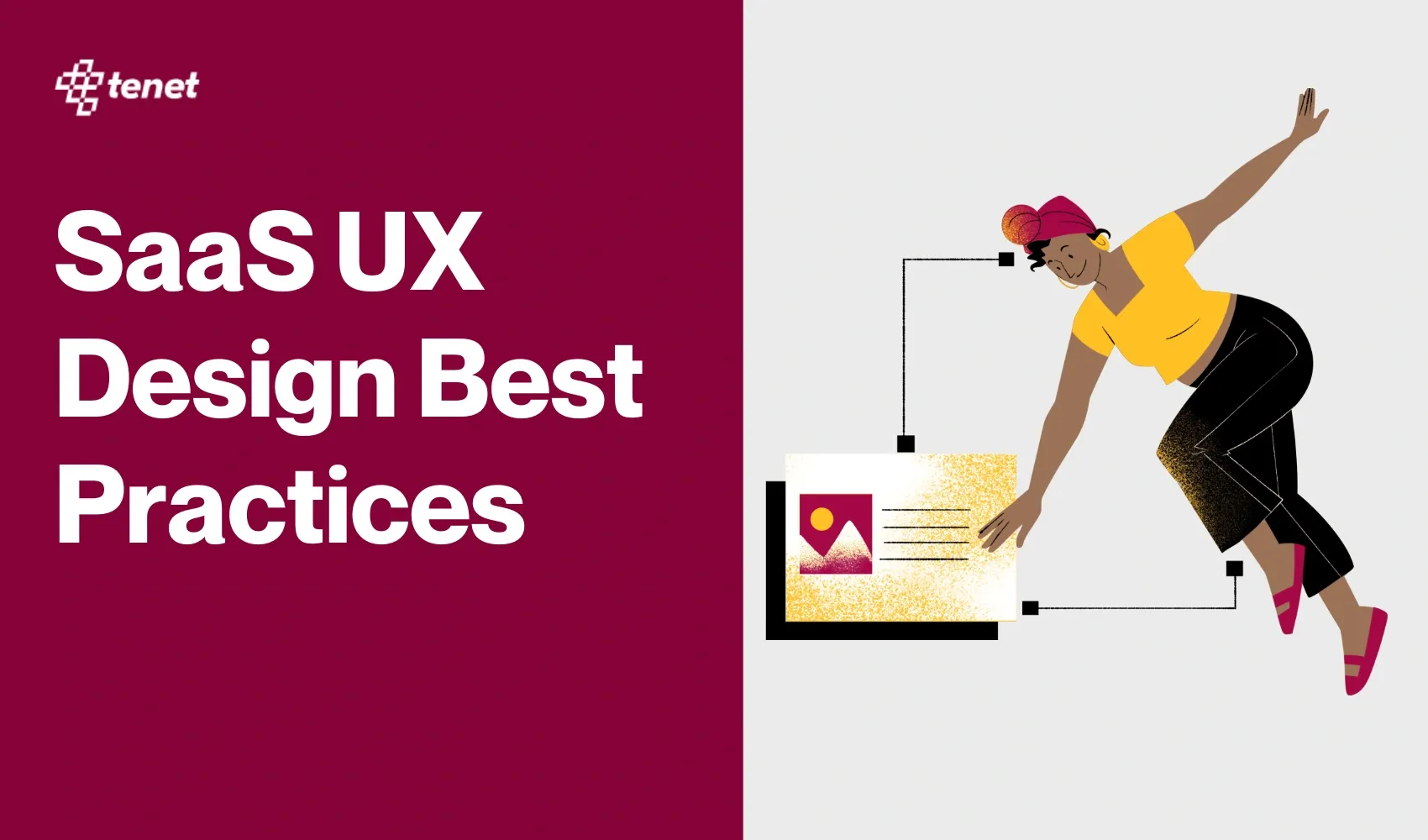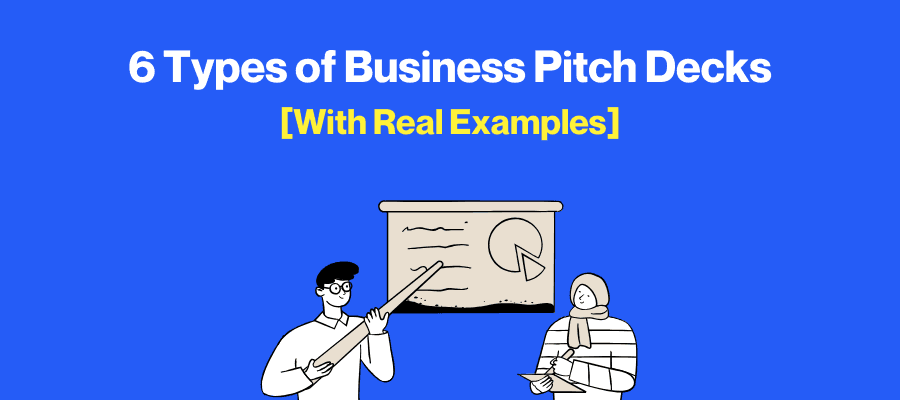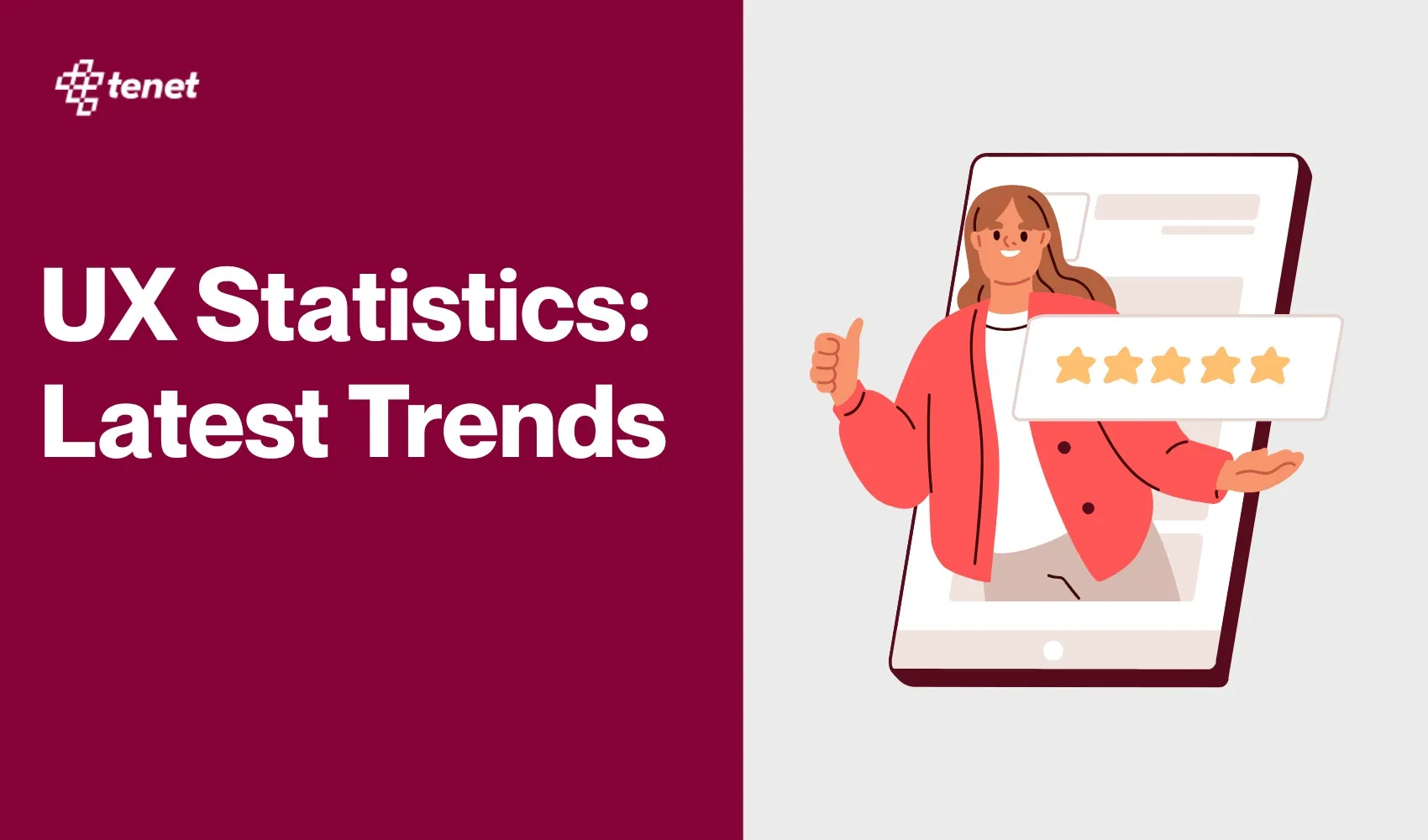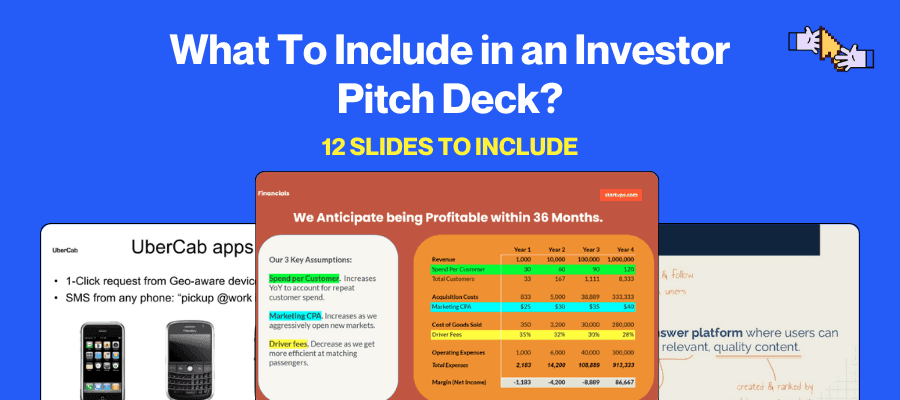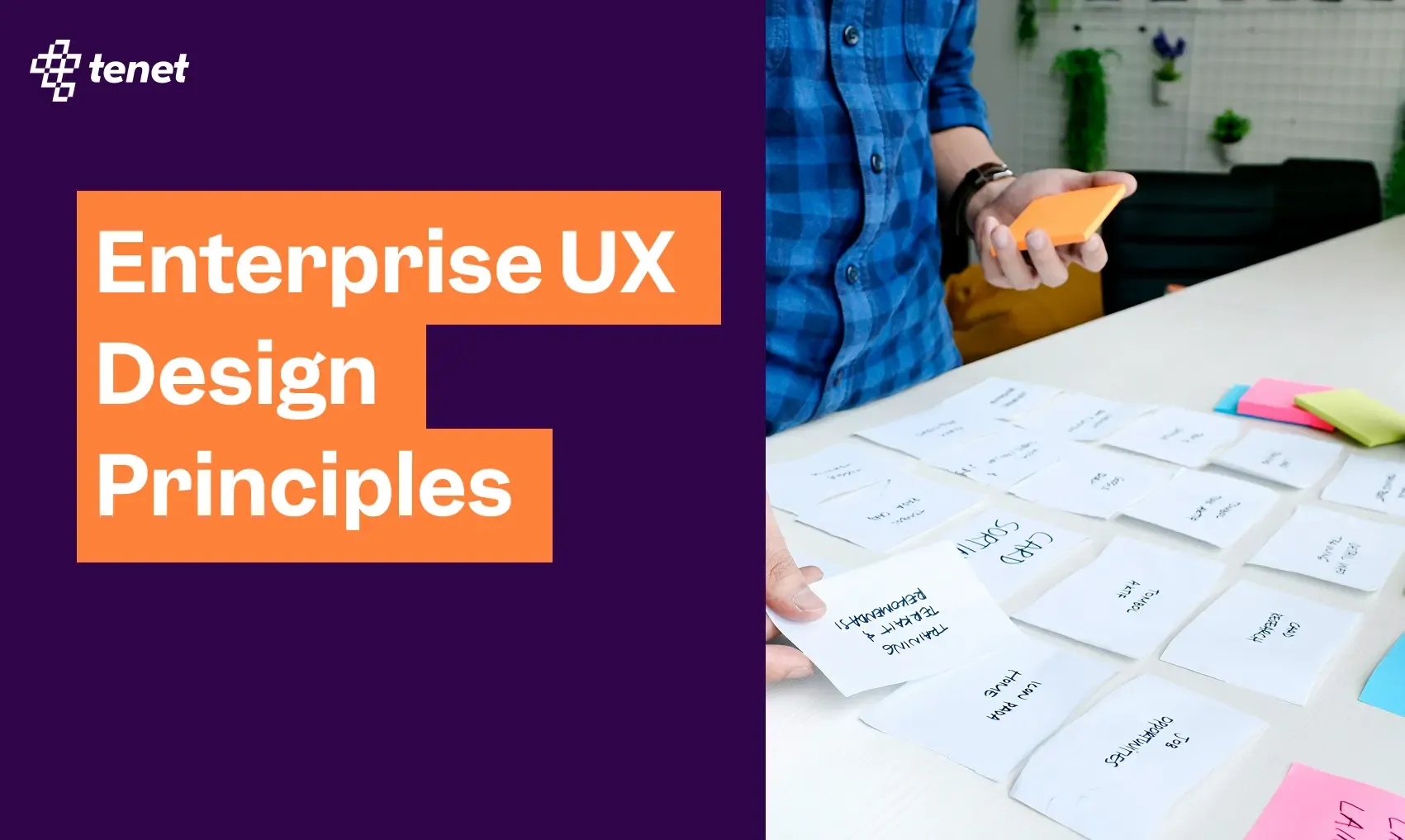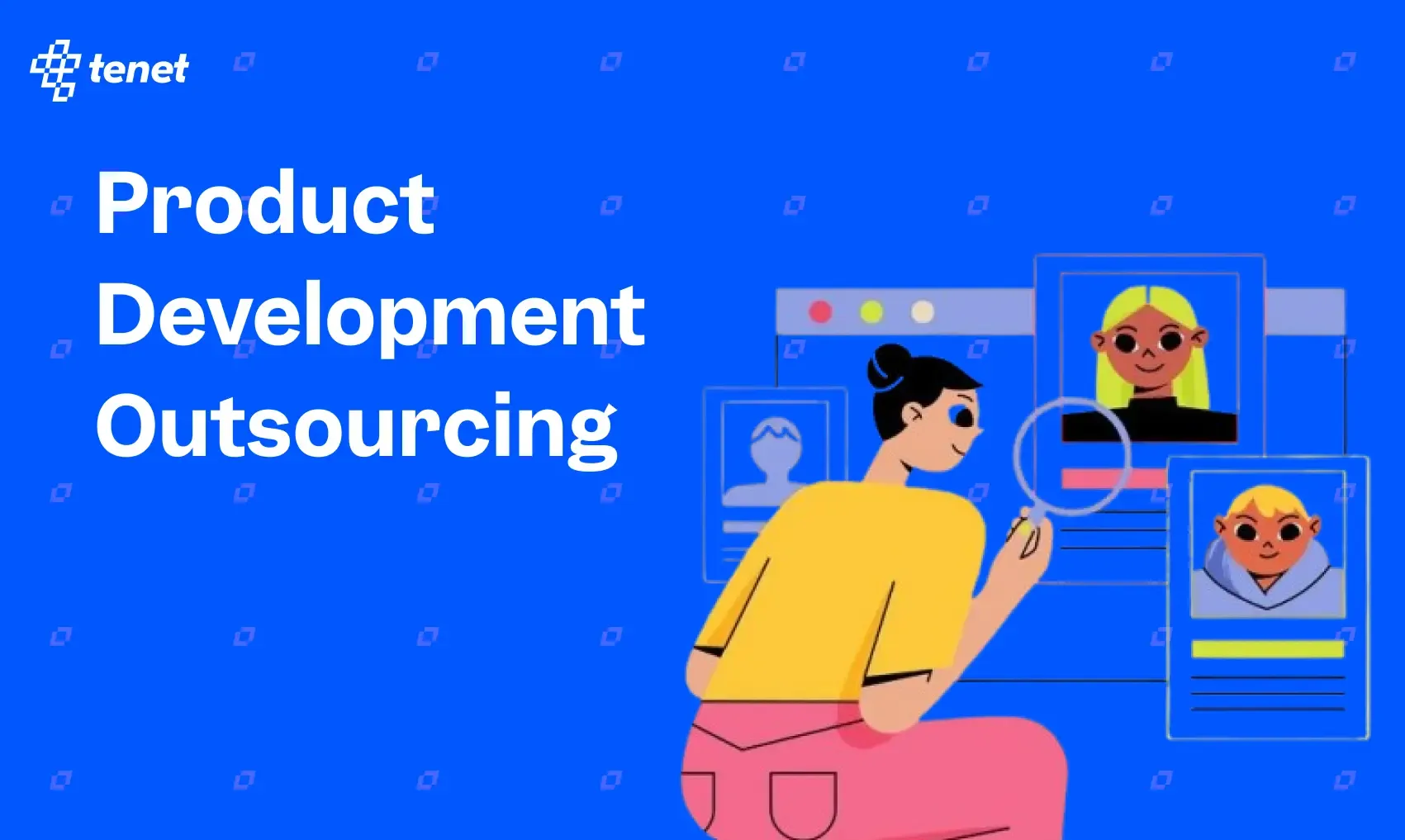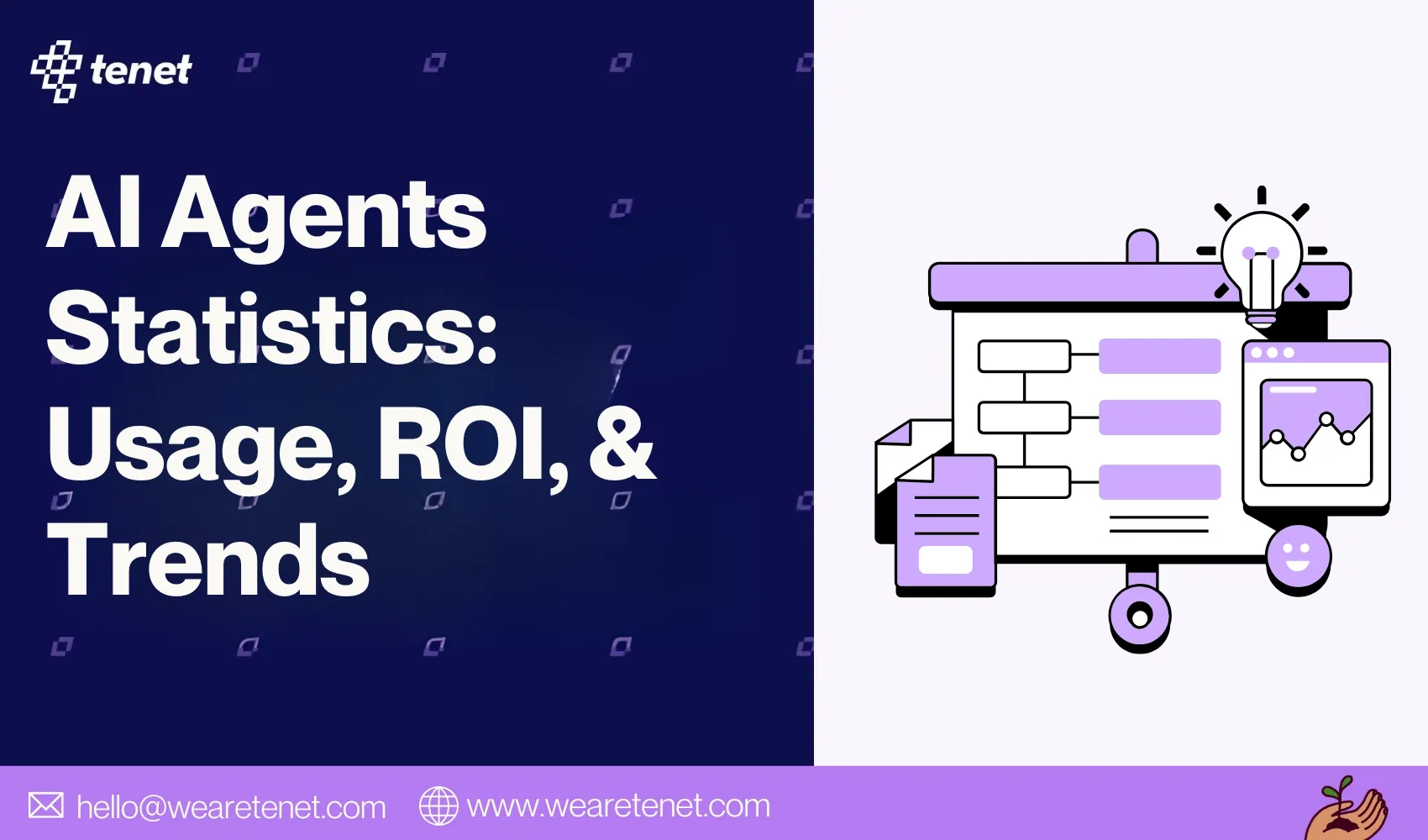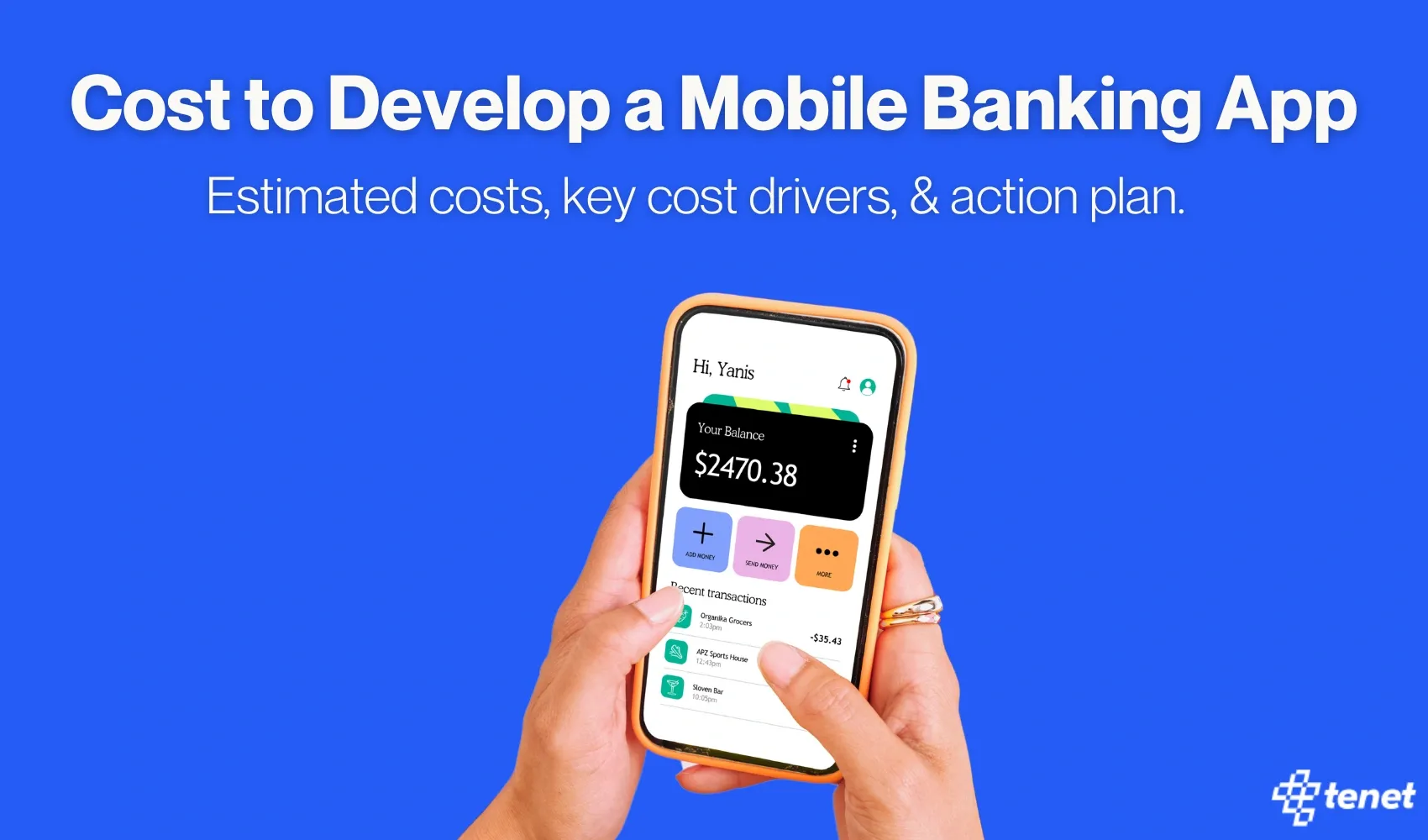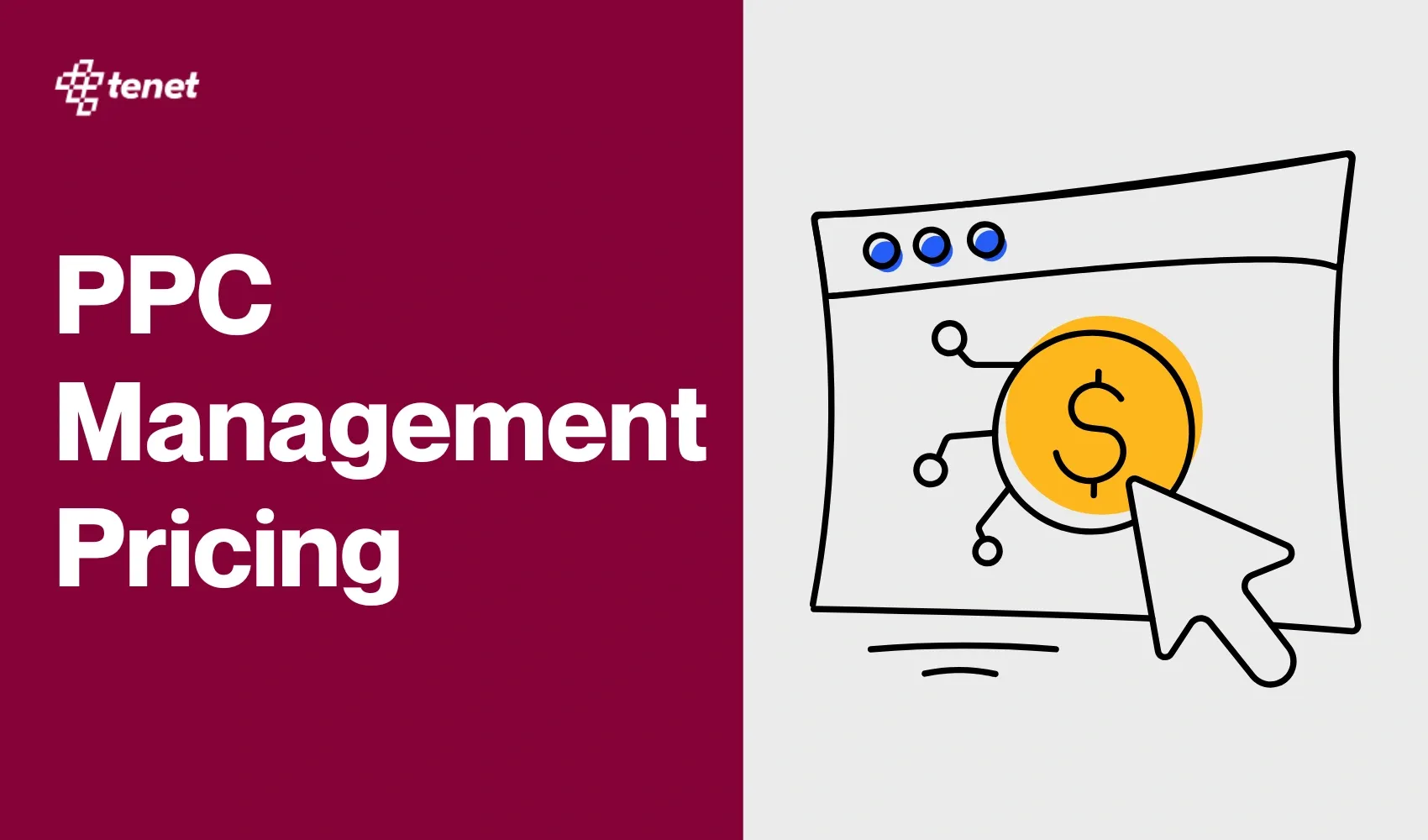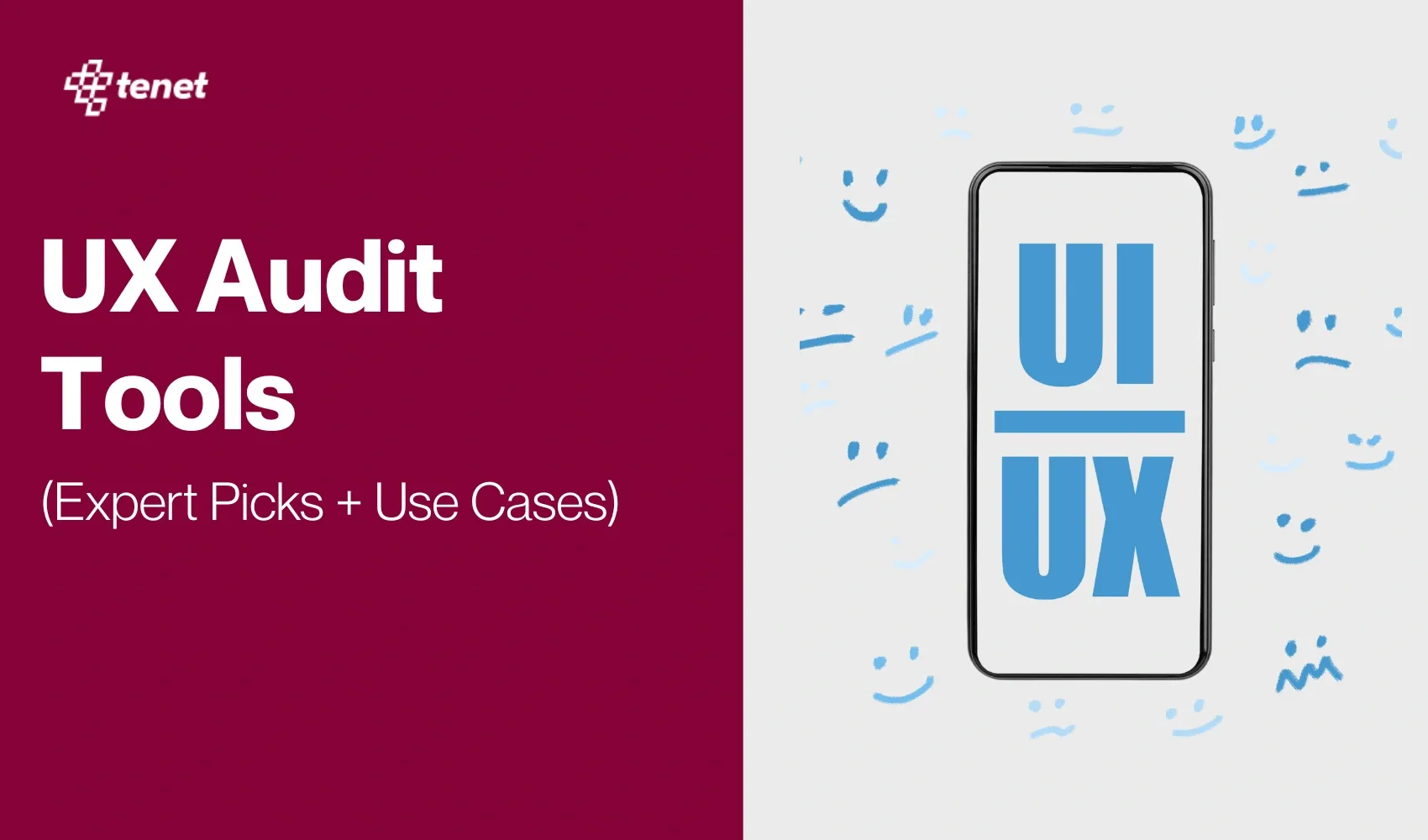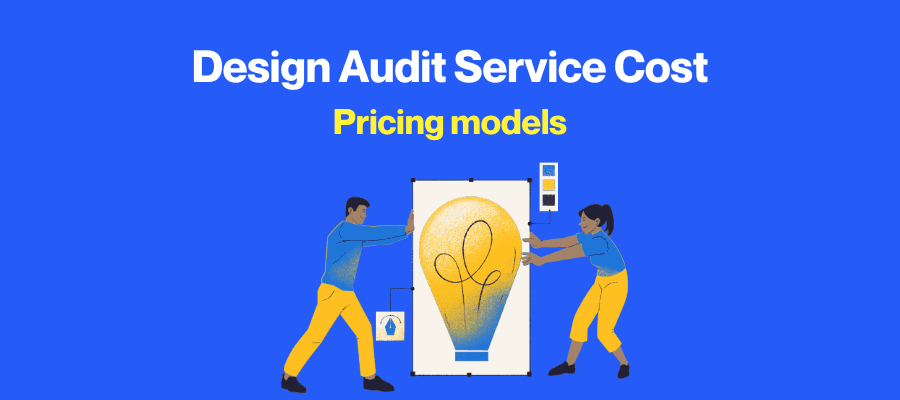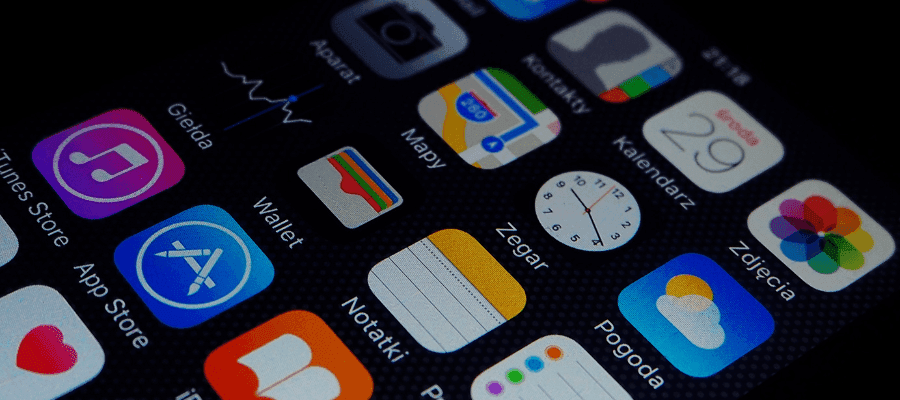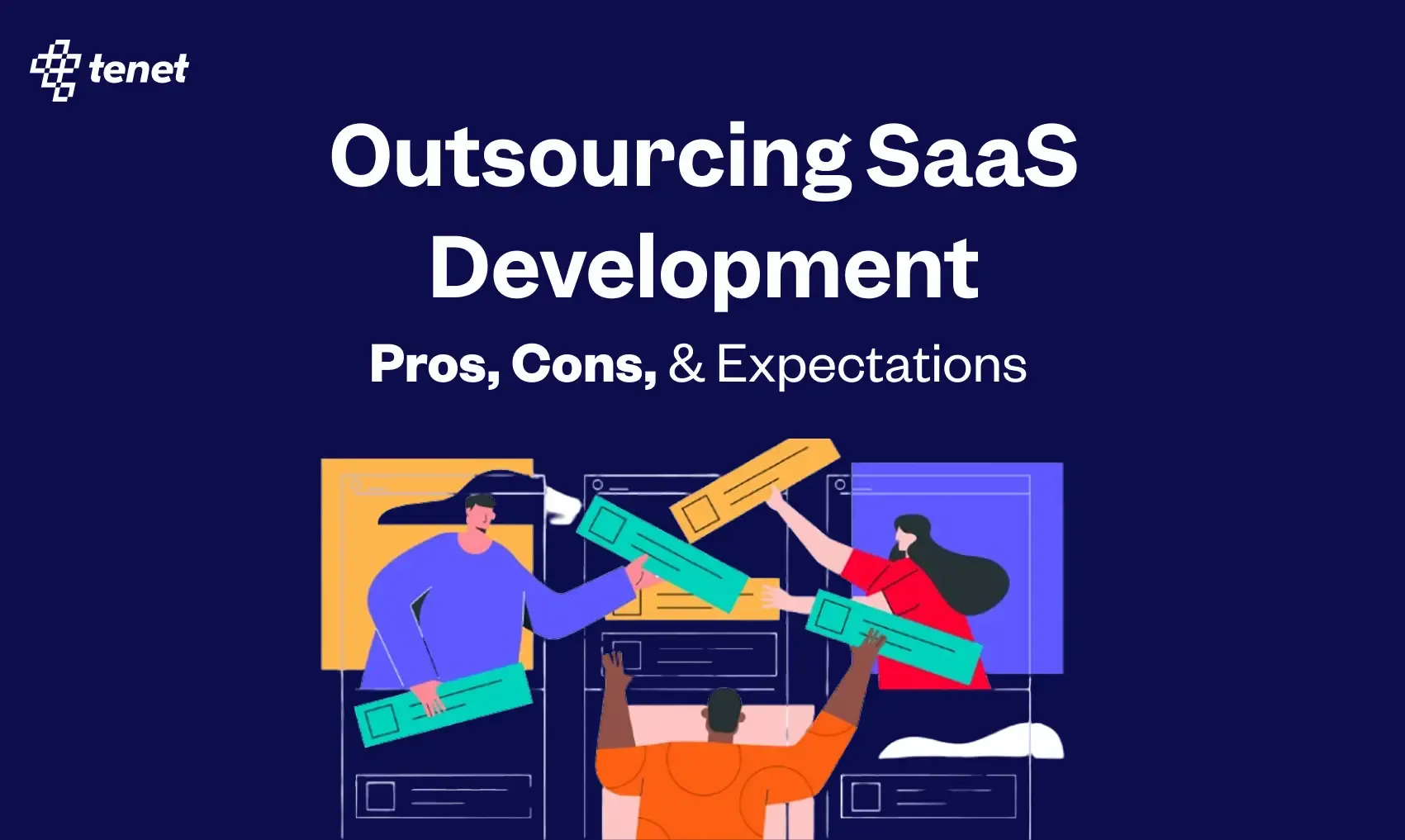Healthcare App Development: Complete Guide for 2025
Share
Share
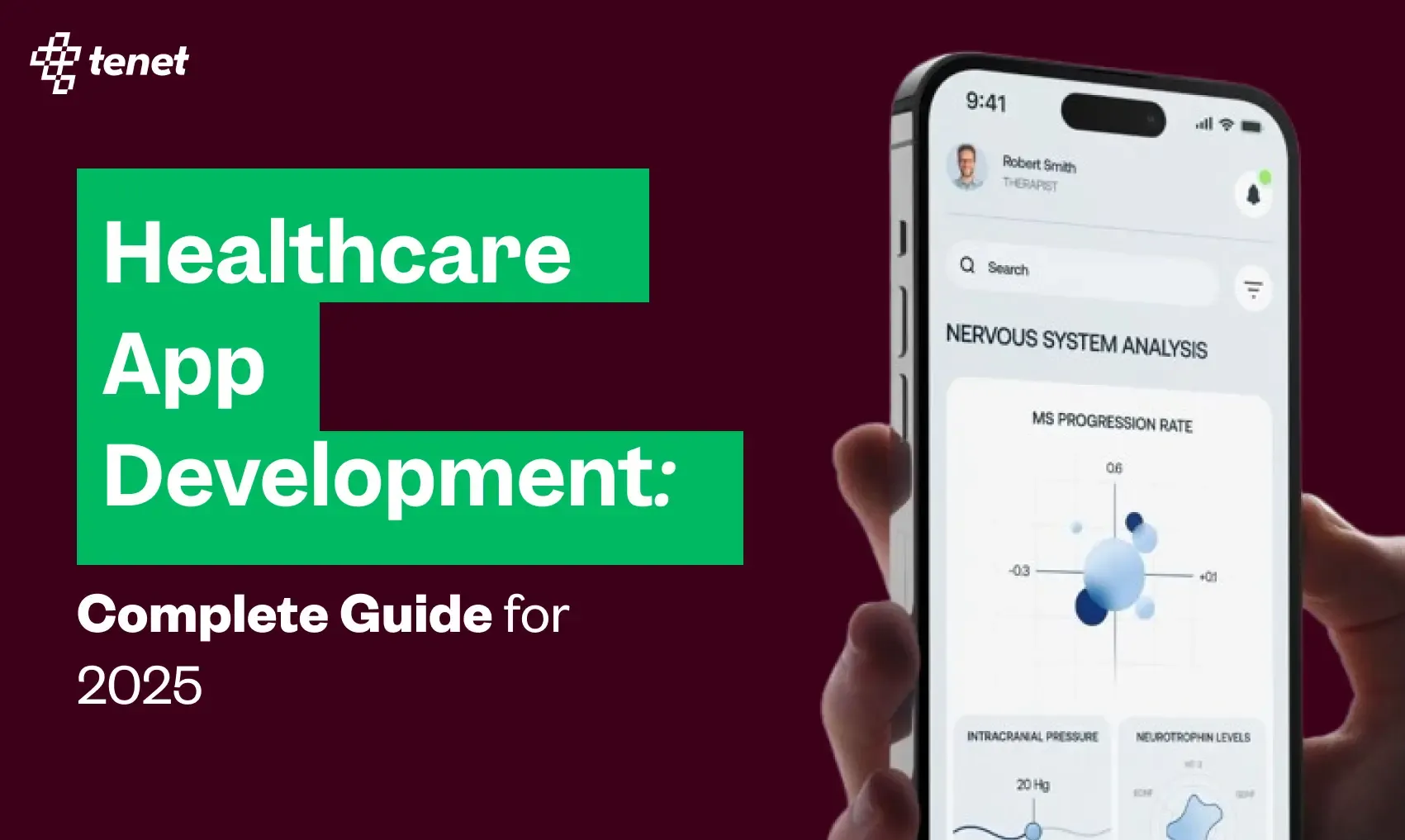
The global healthcare distribution market is set to cross $534.35 billion by 2033— and your brand could lead the next wave of innovation.
But building a successful healthcare app isn’t just about features. It’s about solving real problems — improving care delivery, ensuring data privacy, and meeting the expectations of both patients and providers.
At Tenet, we combine product thinking with regulatory expertise to design HIPAA-compliant, user-friendly healthcare apps that scale.
Backed by 450+ projects and $1.54B in client-driven results, our team knows how to turn healthtech ideas into powerful digital products.
This guide walks you through the full development process— from choosing the right app type to building MVPs that deliver clinical and commercial impact.
What is a healthcare app?
A healthcare app is any mobile or web application designed to help users manage, track, or access medical services or health-related data. These apps can assist in everything from booking doctor appointments and tracking vitals to video consultations and accessing electronic health records.
They’re not just for patients either. Healthcare apps also empower doctors, nurses, and hospital admins with smarter tools to efficiently organise workflows, monitor cases remotely, and improve care delivery.
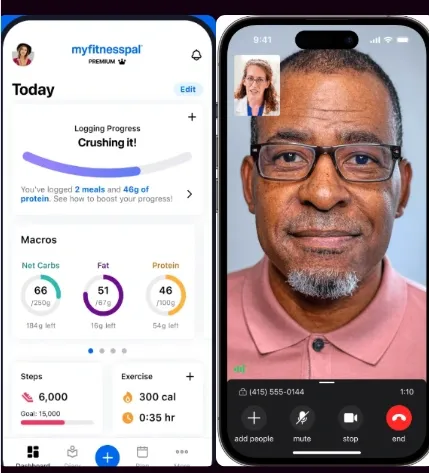
This visual contrasts patient-facing and doctor-facing apps. patient-facing helps individuals manage their personal wellness, while the other equips healthcare professionals with tools for virtual consultations
Let’s break down these two main categories of healthcare apps:
This table highlights the key differences between patient-facing and doctor-facing apps, with real-world examples for each use case.
Why build a healthcare app in 2025?
Whether you're a hospital, clinic, or startup, building a healthcare app now is not just a digital upgrade; it’s a strategic necessity.
Here’s why:
1. Better access for patients
The virtual care market is expected to reach USD 8.86 billion in 2025, growing at a CAGR of 32.38% by 2035.
This surge indicates a significant shift towards virtual healthcare services, driven by increasing patient demand for accessible and convenient care.
Healthcare apps are facilitating this transition by enabling patients to consult doctors, manage prescriptions, and monitor their vitals remotely, thereby reducing the need for long commutes and minimizing wait times.
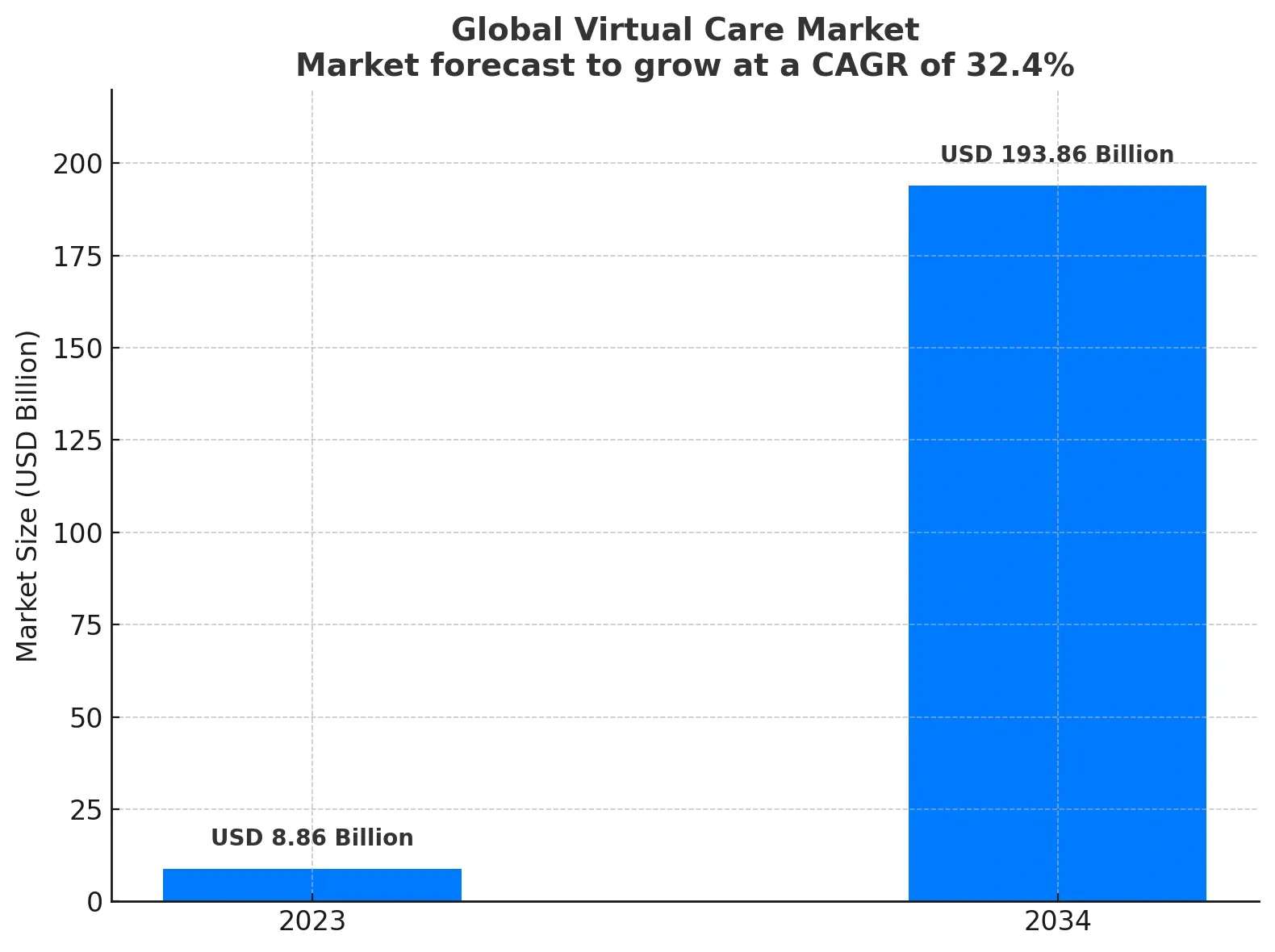
The image shows how the virtual care market is expected to grow upto USD 193.86 Billion in 2034
2. Well-organized operations for the hospital
In 2025, hospitals and healthcare providers are increasingly adopting digital tools to conduct operations in an effective & efficient way.
Healthcare apps help reduce administrative tasks like appointment scheduling, prescription management, and record-keeping, allowing healthcare providers to focus on patient care.
For example, Mayo Clinic’s in-app check-in system reduced in-clinic wait times by 38%, showcasing the efficiency benefits of digital healthcare solutions.
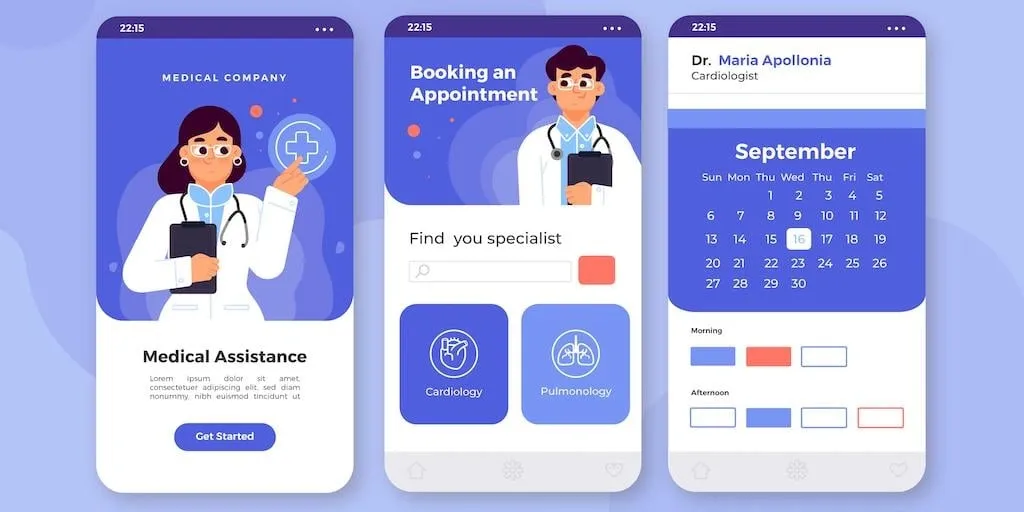
This image shows the process of appointment scheduling,medical assistance etc. used healthcare apps.
3. Growth opportunities for healthcare providers
Healthcare apps offer healthcare providers new ways to expand their reach.
Private clinics and individual practitioners can use these platforms to offer subscription-based care, monetize telehealth consultations, and connect with patients outside their local area, unlocking new revenue opportunities and broadening their patient base.
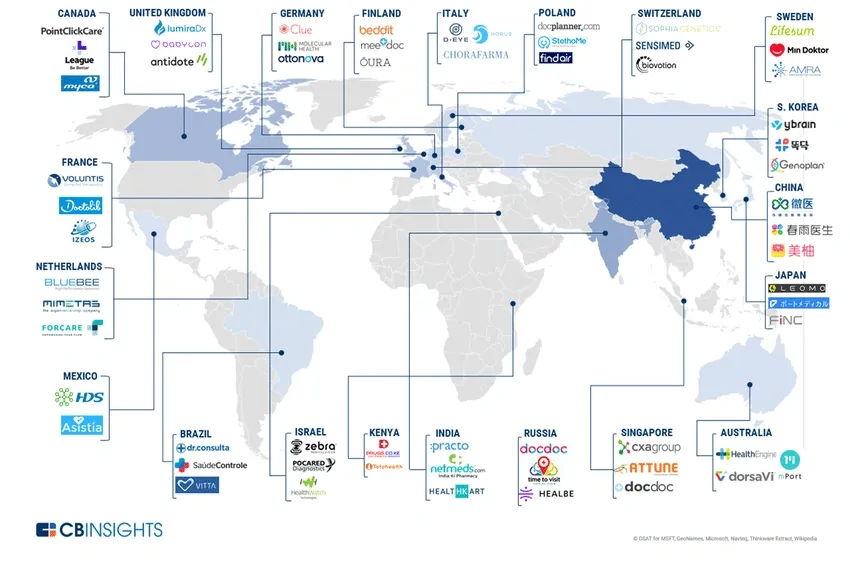
This image shows a global map of digital health startups.
4. Improved data accuracy and security
One of the key benefits of healthcare apps is digitized patient records, which drastically reduce manual errors. As security concerns rise, healthcare apps can be built to comply with industry regulations like HIPAA and GDPR.
By incorporating AES-256 encryption and enforcing multi-factor authentication (MFA) for both doctors and patients, these apps ensure that sensitive data remains secure and compliant with global standards.
5. Reaching remote and underserved areas
Telemedicine is breaking barriers and ensuring healthcare access to remote and underserved populations. In 2025, healthcare apps are a lifeline for tier-2 and tier-3 cities, where infrastructure might not support in-person consultations.
Simple video consultation apps connect patients with specialists, democratizing healthcare access globally, especially for rural areas.
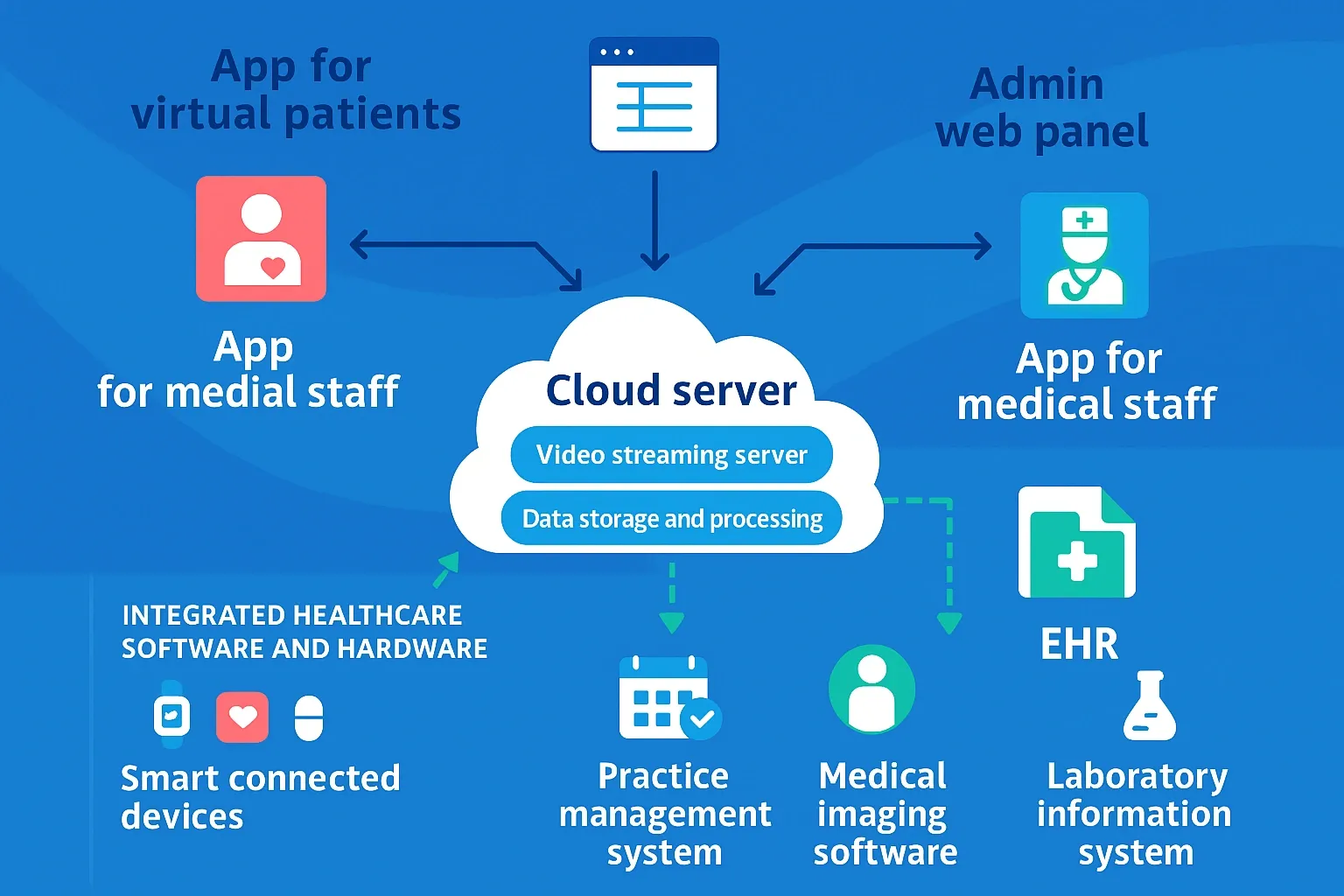
Image showing the Architecture of Telemedicine Software for Rural Areas
6. Predictive care with AI
AI-powered healthcare apps are increasingly being used to provide predictive care. From tracking mood changes in mental health apps to early detection of arrhythmia via wearable data, AI enables early intervention and proactive care.
In 2025, AI is expected to reduce hospital readmission rates by 20%, as it helps healthcare providers anticipate and address potential issues before they become critical.
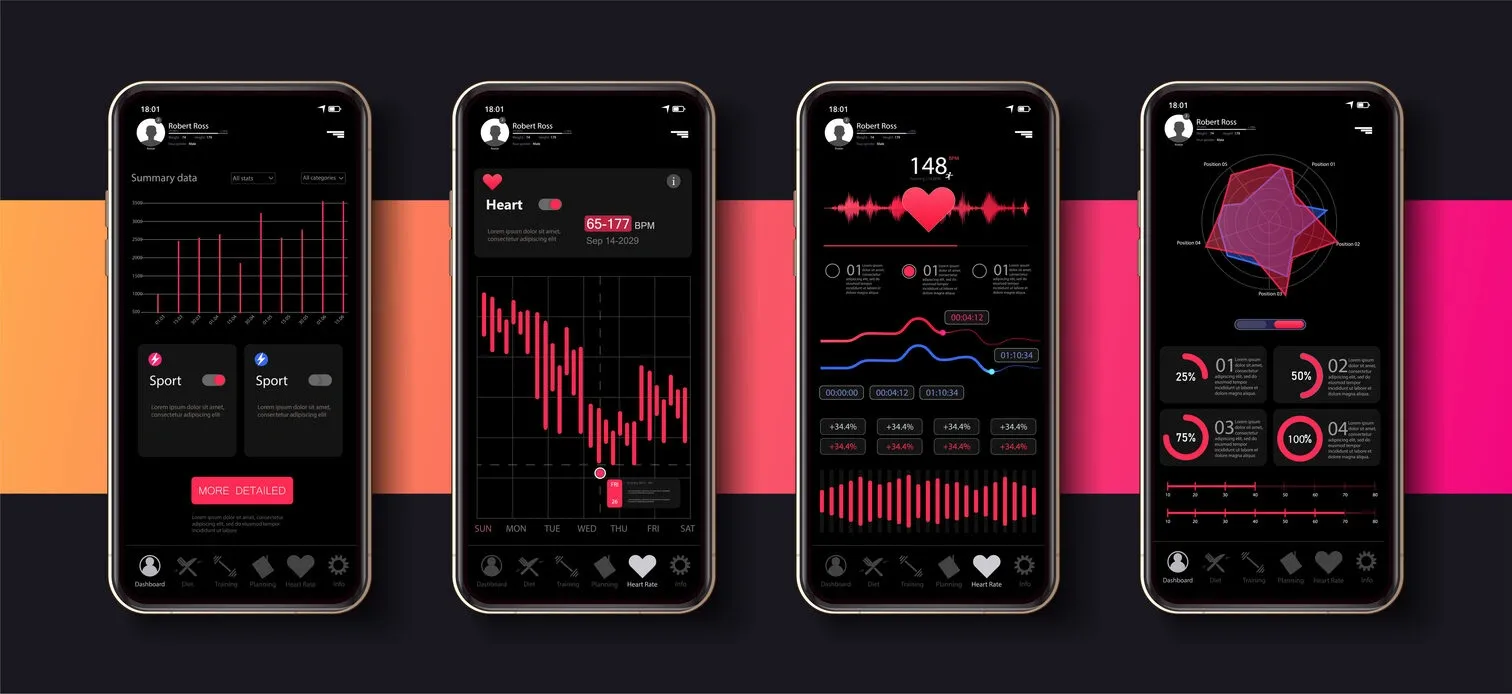
This image shows the smartphone displaying AI-powered health analytics.
Here is how healthcare apps are beneficial for
1. Providers
Doctors spend up to 34% of their time on admin tasks. Healthcare apps with smart scheduling, patient record access, and digital prescriptions drastically cut this down, allowing more face-to-face time with patients.
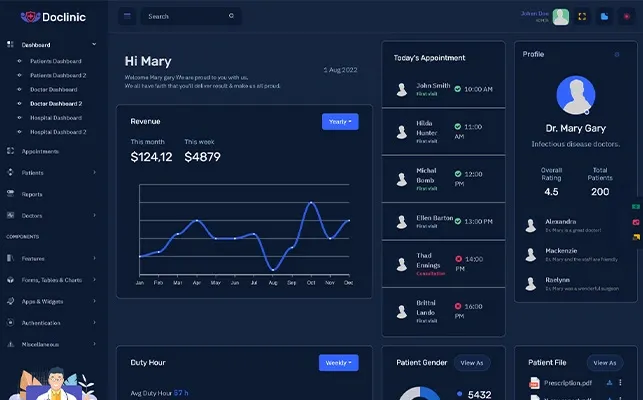
This image shows how digital tools help reduce doctors' admin time.
2. Hospitals
With features like remote monitoring, hospitals can reduce in-patient visits and free up beds.
A 2025 report by the Peterson Center on Healthcare indicates that RPM can reduce 30-day hospital readmission rates by up to 83%, leading to significant cost savings for healthcare providers.
3. Patients
From managing diabetes to scheduling a teleconsultation, healthcare apps put care in the patient's pocket.
A survey found that 78% of patients prefer digital tools for appointments and medical record access.
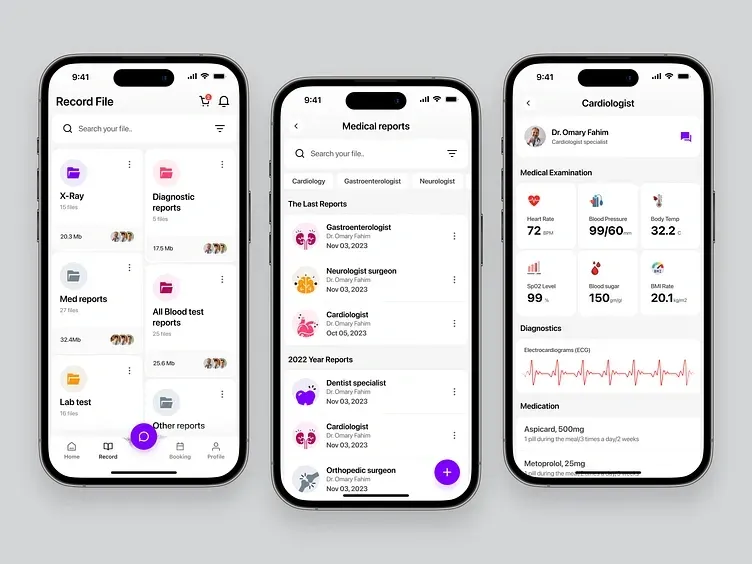
This image shows how patients can manage care from their phones using a simple healthcare app interface.
4. Startups
Mental health apps like BetterHelp and fitness trackers like MyFitnessPal show that niche healthcare solutions are highly monetizable.
The mental health app market alone is projected to reach $17.5 billion by 2030.
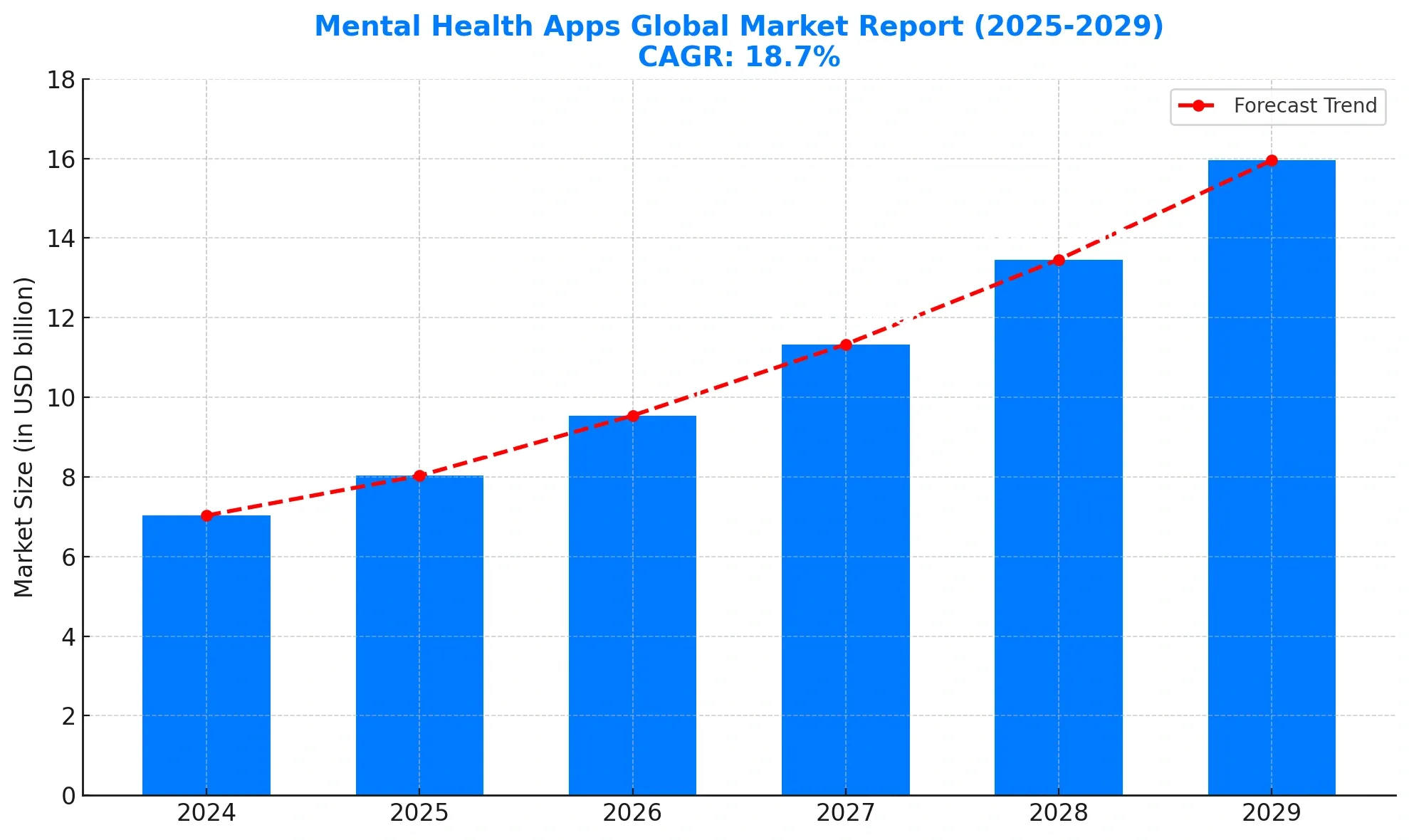
This shows the booming market opportunity for niche healthcare apps like mental health or wellness
👉 Explore our healthcare app development services:
How to develop a healthcare application? Step-by-step process
Building a healthcare app requires precision, understanding of industry-specific challenges, and compliance with regulations. Here’s how to create a successful healthcare app:
1. Define Your App Concept (Target User & Problem Solved)
Before starting, have a clear vision of what problem your app will solve. Whether it’s providing telehealth services, managing chronic diseases, or tracking fitness goals, define the exact target audience.
How to do it:
- Target Users: Are you focusing on patients, healthcare professionals, or hospital admins?
- Problems Solved: Is it medication adherence, access to mental health care, or improving appointment scheduling?
- Example: MySugr helps diabetics track their glucose levels, and Teladoc makes virtual consultations possible.
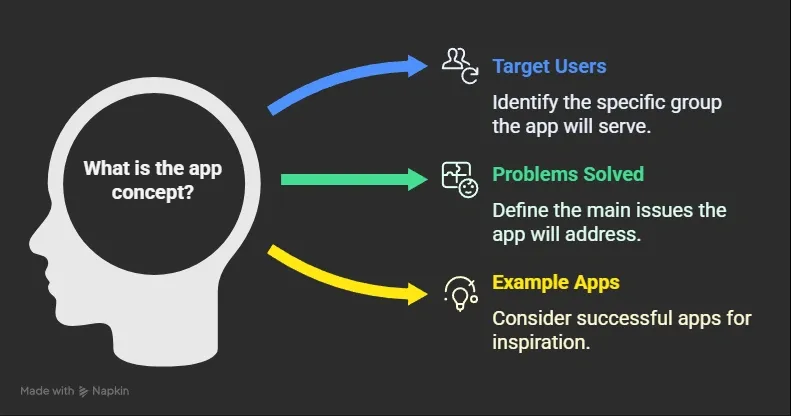
Image showcasing “what is the app concept” and things to take care of while creating a healthcare app.
2. Conduct Market + Competitor Research
Look at existing healthcare apps, especially those in your niche. Analyze the gaps in their service and customer feedback. This helps in creating an app that offers unique value.
How to do it:
- Analyze competitors on platforms like App Store/Google Play.
- Study reviews and find common complaints (e.g., poor UX, complicated onboarding, slow response time).
- Identify key features that users appreciate.
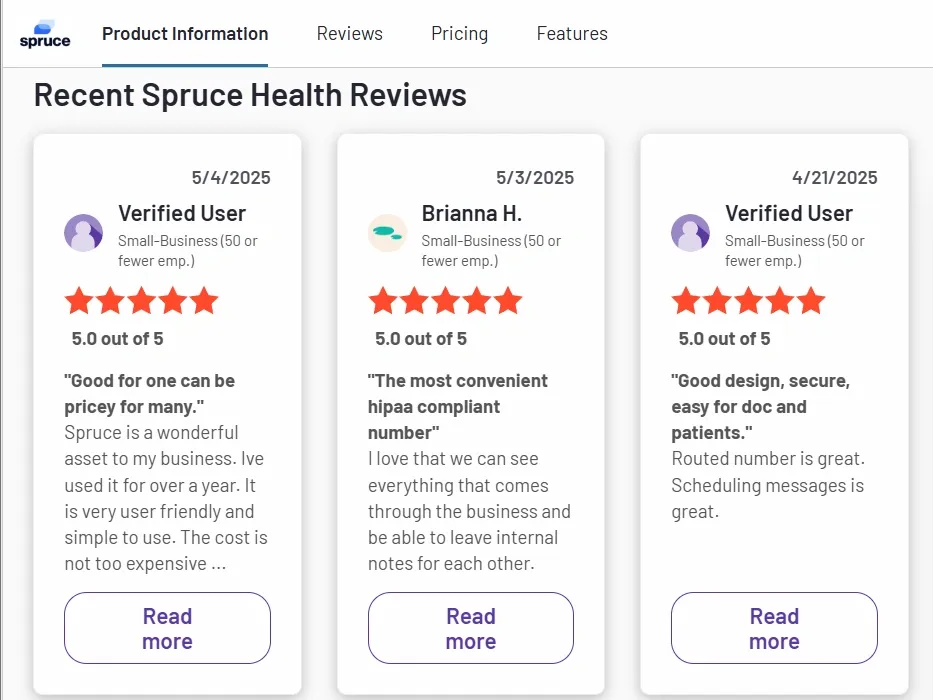
Image of reviews on a healthcare app
3. Ensure Compliance (HIPAA, GDPR, etc.)
Compliance is critical in healthcare. Compliance here refers to adherence to relevant laws, regulations, and industry standards to ensure the app's safe, secure, and ethical operation. Whether you're dealing with patient data or personal health records, non-compliance can lead to severe penalties.
How to do it:
- HIPAA Compliance: Ensure data is encrypted, and users have control over their data.
- GDPR Compliance: Follow rules around data access and retention, especially if you're targeting European countries.
- Use third-party tools to secure sensitive data.
4. Finalize Feature Set + User Flow
Clearly define the features of your app. These should align with user needs and expectations. Map out the user journey from onboarding to usage.
Key Features:
- For patients: Appointment scheduling, video consultations, and medication reminders.
- For doctors: EHR access, prescription generation, patient messaging.
- User Flow: Create simple and intuitive user journeys to minimize friction.

A flowchart showing the healthcare app journey
5. Choose Development Approach (Native, Hybrid, Cross-Platform)
Decide whether to go with a native app (for iOS and Android separately) or a hybrid/cross-platform app that works across both.
How to do it:
- Native Apps: Best for performance (e.g., iOS for iPhone, Android for Google devices).
- Hybrid/Cross-Platform: Use frameworks like Flutter, React Native for cost-effective solutions.
Example: Teladoc uses a native app for higher performance in video consultations.
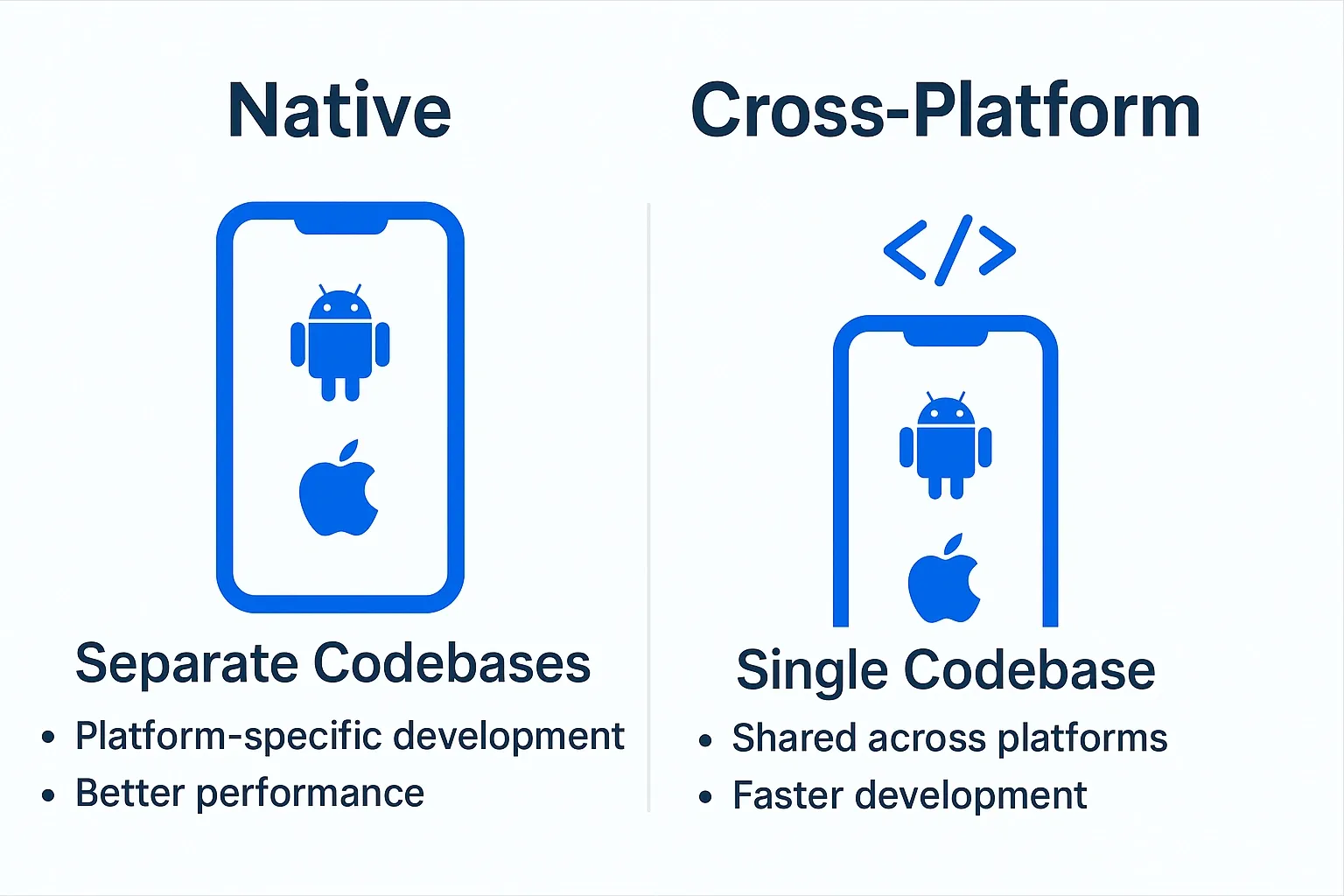
Side-by-side visual comparing Native vs Cross-Platform app development
6. Build an MVP (Minimum Viable Product) and Test It
Before investing in a full-scale launch, create an MVP. This stripped-down version of your app allows you to test functionality, gather feedback, and ensure core features work.
How to do it:
- Identify the most crucial features needed to solve the core problem (e.g., video calls, patient login).
- Conduct beta testing with a small user group to gather feedback on usability and bugs.
7. Launch + Collect User Feedback
Once your MVP is ready, launch it to a wider audience. Use feedback to fine-tune the app further.
How to do it:
- Use platforms like TestFlight for iOS or Google Play Beta for early testing.
- Collect user feedback via surveys or in-app feedback tools.
8. Plan Feature Rollouts + Maintenance
After launch, continuous updates are essential. Roll out new features based on feedback, ensuring your app stays relevant.
How to do it:
- Schedule regular feature updates (e.g., monthly/quarterly).
- Provide ongoing support to resolve any bugs or issues.
- Consider adding features like AI-based symptom checkers, which can be added after initial release to boost app usability.
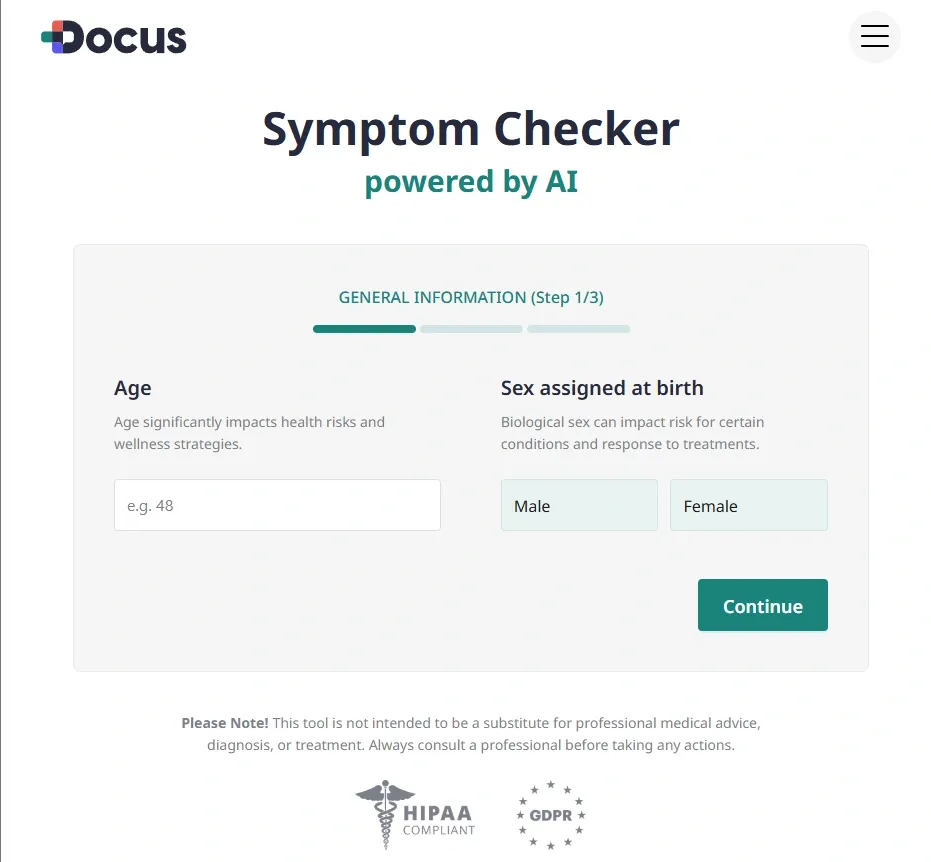
Image showing how Docus provides AI-based symptom checkers
What are the must-have features of a successful healthcare app?
A healthcare app must not only address users' core needs but also provide a seamless experience. Below are some must-have features, paired with examples from successful apps.
This will guide your development process and help you prioritize key functionalities.
1. Telemedicine & Video Consultation
Why it’s important:
Telemedicine is a game-changer, especially post-pandemic. It allows patients to consult with doctors remotely, saving time and improving access to care.
How to implement it:
- Integrate secure video calling technologies like WebRTC or Zoom SDK for healthcare.
- Ensure compliance with data encryption and HIPAA standards.
- Provide scheduling, reminders, and video consultation features for both patients and doctors.
Example: Teladoc and Amwell are two leaders offering comprehensive telemedicine solutions with video consultations.
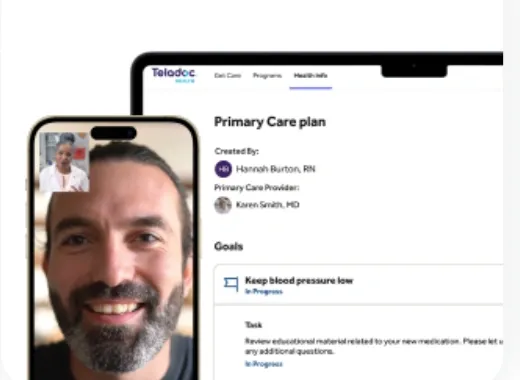
Split-screen of doctor and patient on a video call
2. Push Notifications
Why it’s important:
Push notifications help users stay on track with their health journey by providing reminders for appointments, medication, exercise, and more.
How to implement it:
- Use tools like Firebase Cloud Messaging (FCM) to send real-time notifications.
- Personalize notifications based on user preferences (e.g., medication reminders, upcoming doctor visits).
Make sure they’re actionable with buttons like "Reschedule" or "Confirm Appointment."
Example: MySugr sends push notifications to users for their daily glucose tracking, ensuring users stay on top of their diabetes management.
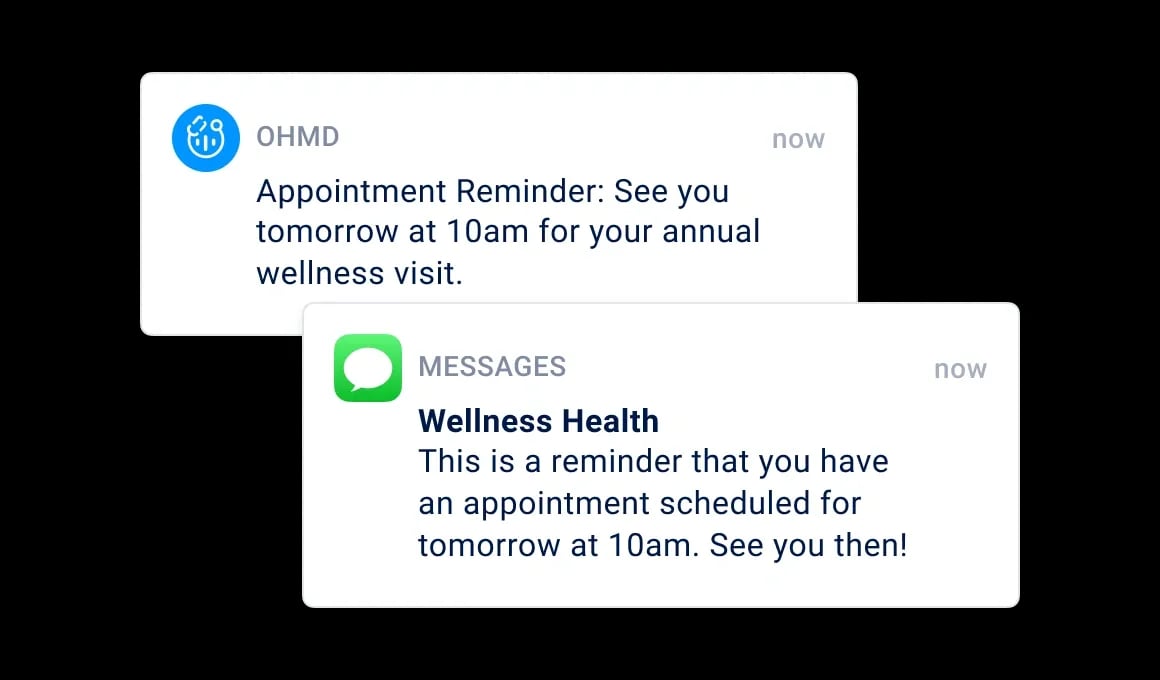
Image showing appointment reminders
3. EHR Integration (Electronic Health Records)
Why it’s important:
EHR integration is essential for improving the quality of care. It allows healthcare professionals to access patient histories, reducing errors and improving decision-making.
How to implement it:
- Use APIs like Redox or FHIR for EHR integration with your app.
- Ensure that the app supports secure login and complies with HIPAA to maintain patient confidentiality.
Example: Apps like Epic and Cerner provide EHR access for healthcare providers to manage patient data efficiently.
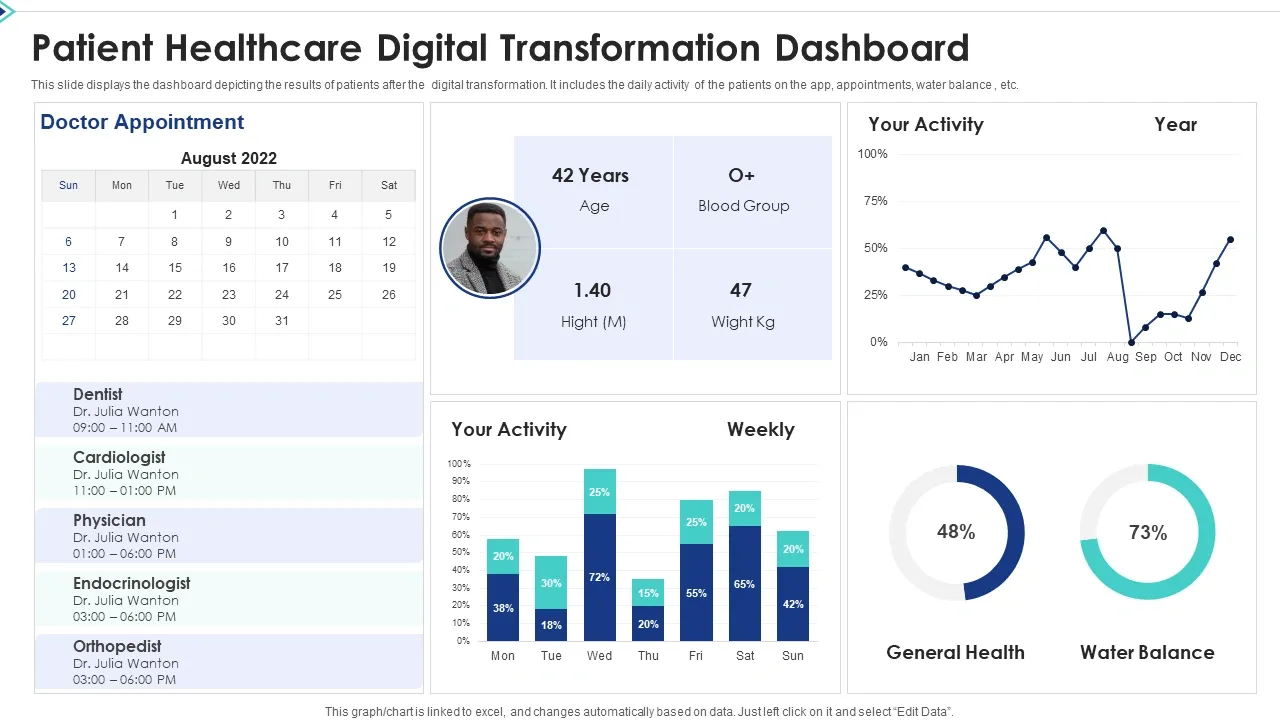
Dashboard showing a doctor accessing a patient’s medical history
4. Appointment Scheduling
Why it’s important:
An organized scheduling feature makes it easier for patients to book appointments and reduces administrative burdens for healthcare professionals.
How to implement it:
- Allow patients to schedule, cancel, and reschedule appointments through the app.
- Include automated reminders via push notifications and email to minimize missed appointments.
- Provide the availability of healthcare professionals in real-time.
Example: Zocdoc is an app that allows users to search for healthcare providers and schedule appointments seamlessly.
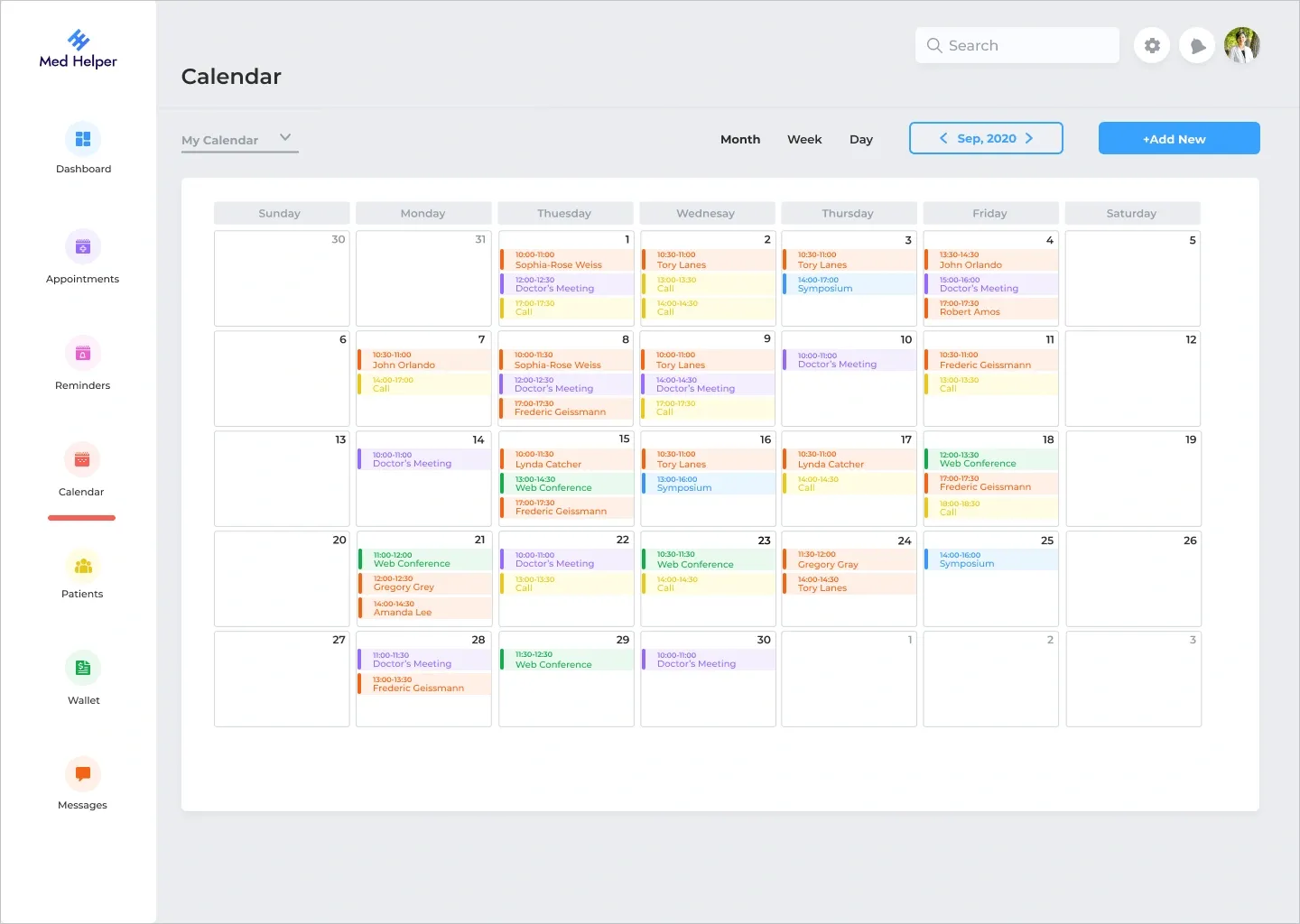
Calendar interface with available time slots and bookings
5. Secure Login and Data Encryption
Why it’s important:
With healthcare data being highly sensitive, ensuring that users' personal and medical information is secure is non-negotiable.
How to implement it:
- Use secure authentication methods such as two-factor authentication (2FA) or biometric authentication (fingerprint/face recognition).
- Implement data encryption for sensitive information storage and transmission.
Example: MyChart uses a secure login system to protect patient data, ensuring HIPAA compliance.
6. AI-Based Symptom Checker
Why it’s important:
AI-powered symptom checkers allow users to assess their symptoms before visiting a doctor. They can help provide initial diagnoses and advice based on symptoms.
How to implement it:
- Use AI and machine learning algorithms to match symptoms to potential conditions.
- Integrate trusted symptom-checking services like Isabel Health or Ada Health into your app.
- Provide users with suggested next steps, such as booking a consultation with a doctor.
Example: Docus & WebMD use AI to offer accurate symptom analysis, which empowers users to make informed health decisions.
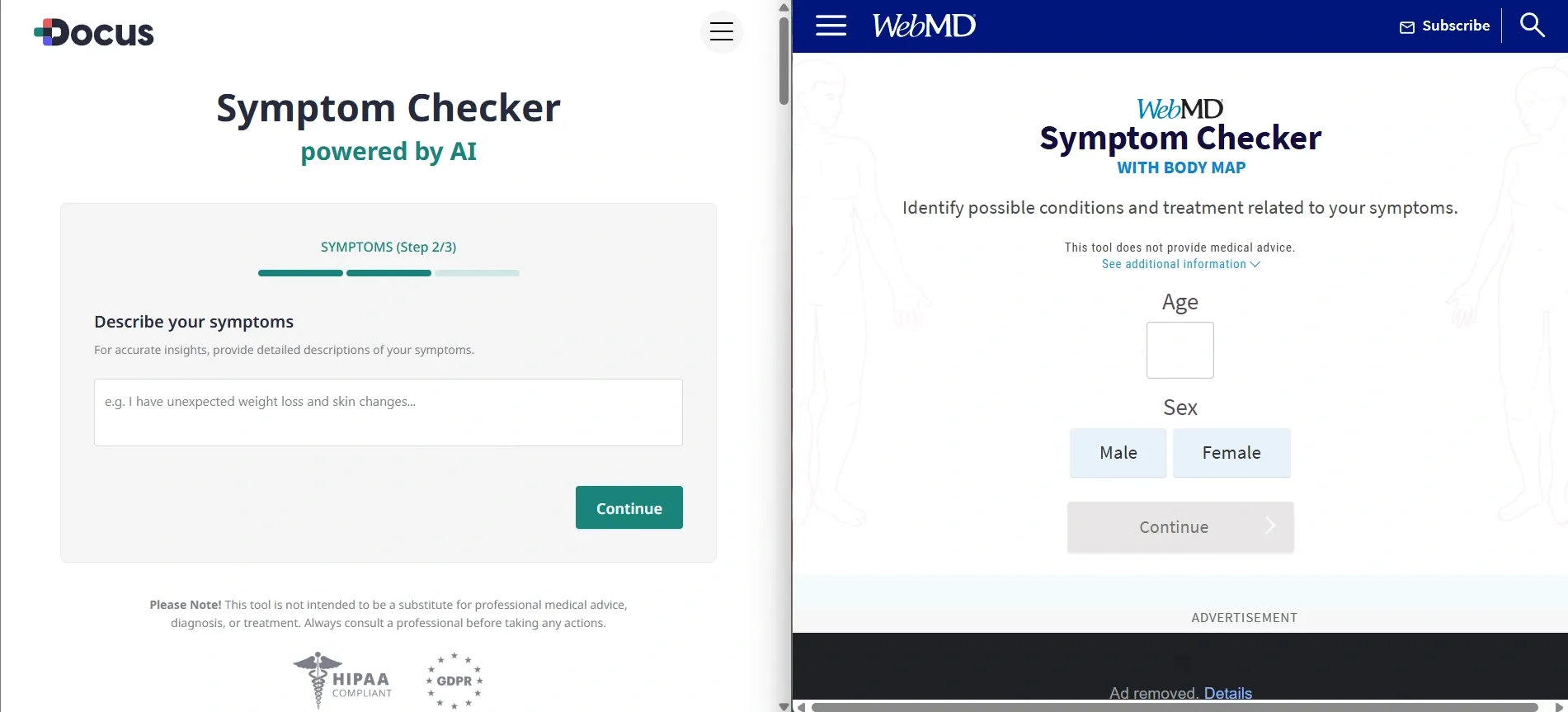
Image showing Docus and WebMD’s AI-based symptom checkers
This table helps you prioritize healthcare app features based on different user types like patients, healthcare professionals, and hospital administrators:
What are the key categories of healthcare apps?
Healthcare apps vary widely based on the end-user, whether a patient managing chronic illness or a doctor reviewing EMRs. Below is a breakdown of the major categories, with real examples and purpose-driven context.
1. For patients
1. Mental Health Apps
These help users manage stress, anxiety, depression, or other conditions using CBT tools, mood tracking, or access to licensed therapists.
Example: Headspace, BetterHelp, Calm
Value: 24/7 access to support, especially in remote or underserved areas.
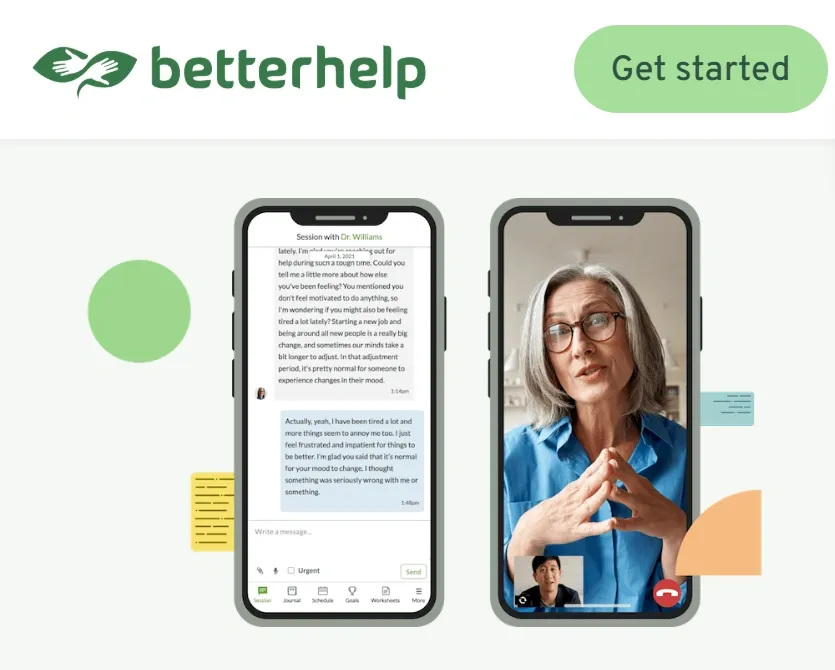
Examples of BetterHelp’s mental health apps that offer CBT, guided meditations, and access to licensed therapists
2. Chronic Care & Vitals Tracking
Apps that allow users to track vitals like BP, glucose, oxygen levels, or heart rate, often integrated with wearables.
Example: MySugr (for diabetes), Heartify
Value: Enables proactive care, especially for hypertension, diabetes, or heart conditions.
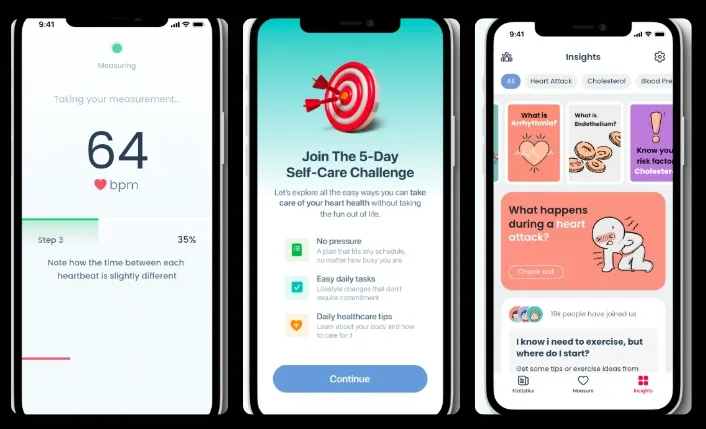
The image shows how Heartily’s app supports chronic condition management and awareness through smart devices.
3. Wellness, Fitness & Pregnancy Apps
Covers general wellness, diet tracking, fitness routines, and pregnancy stages.
Example: Flo (pregnancy tracker), MyFitnessPal
Value: Empowers users with insights and routine management.
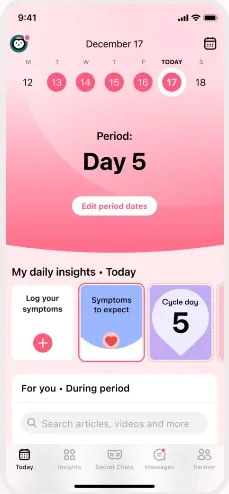
This visual represents Wellness apps like Flo offering pregnancy tracking to encourage healthier habits.
4. Medication Reminder Apps
Send alerts for medication schedules, dosage, and even refill reminders.
Example: Medisafe
Value: Improves medication adherence by up to 80%, per WHO reports.
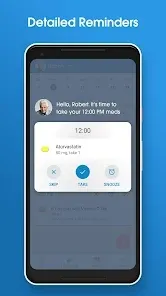
An image showing Medisafe showing a medication alert.
2. For professionals
1. Telehealth/video consultation
Enable real-time consultations with patients remotely via secure video/chat.
Example: Doxy.me, Teladoc Health
Value: Reduces hospital visits; perfect for follow-ups and rural areas.
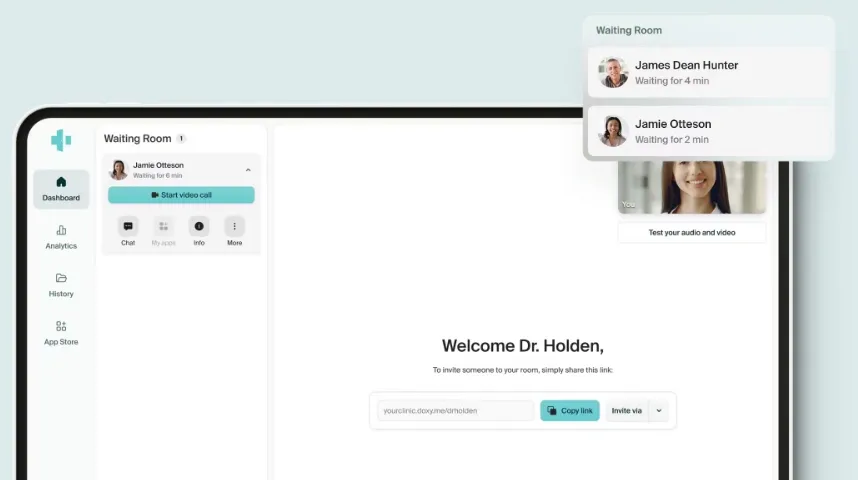
Telehealth apps make real-time remote consultations accessible and secure.
2. EHR/EMR access
Apps that integrate with Electronic Health Records for reviewing history, prescriptions, and test reports.
Example: DrChrono, Epic MyChart (for doctors)
Value: Makes patient care mobile and instant.
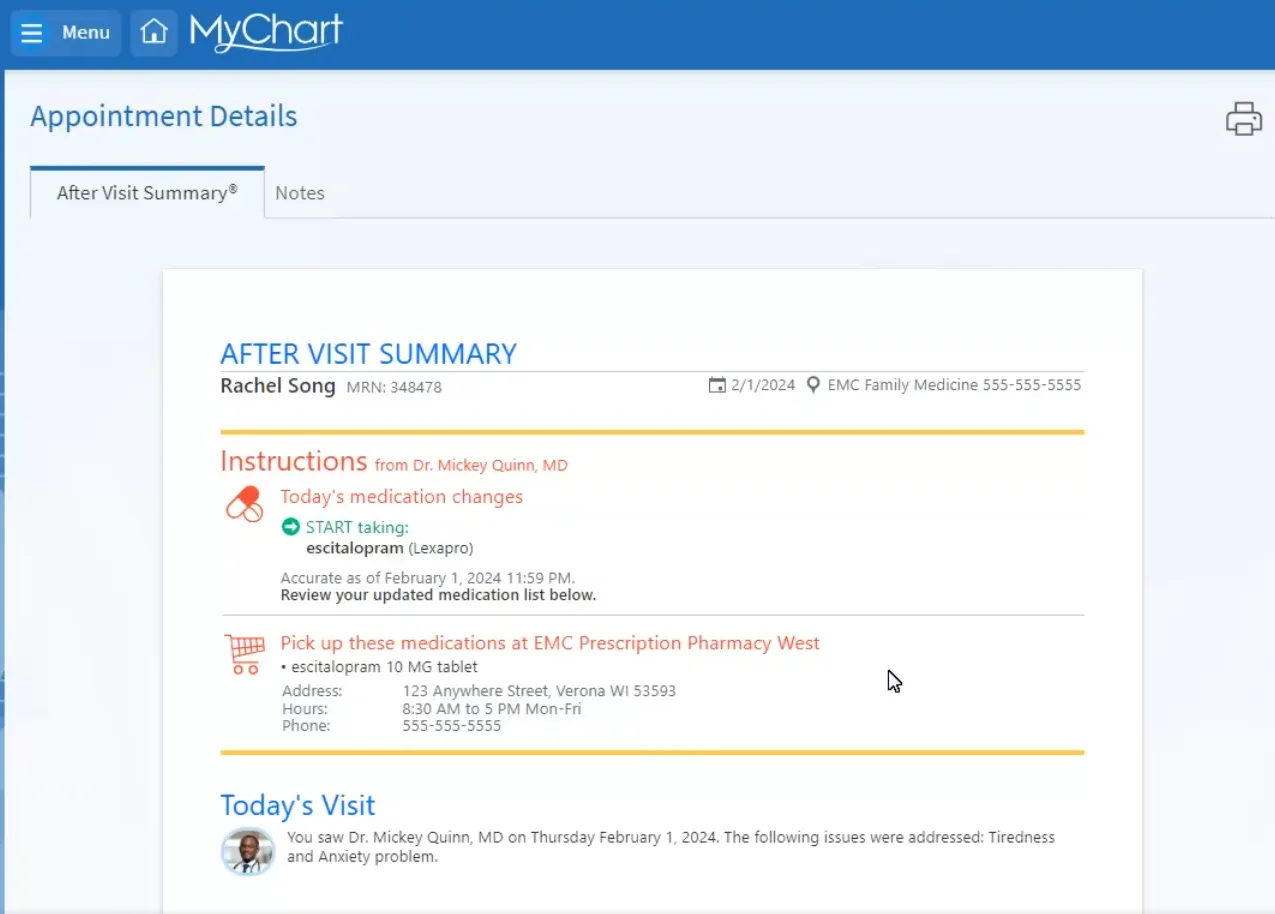
Mobile EHR apps provide doctors instant access to prescriptions, reports, and patient history.
3. ePrescriptions
Allows physicians to send prescriptions digitally to pharmacies or patients.
Value: Eliminates errors and improves workflow speed.
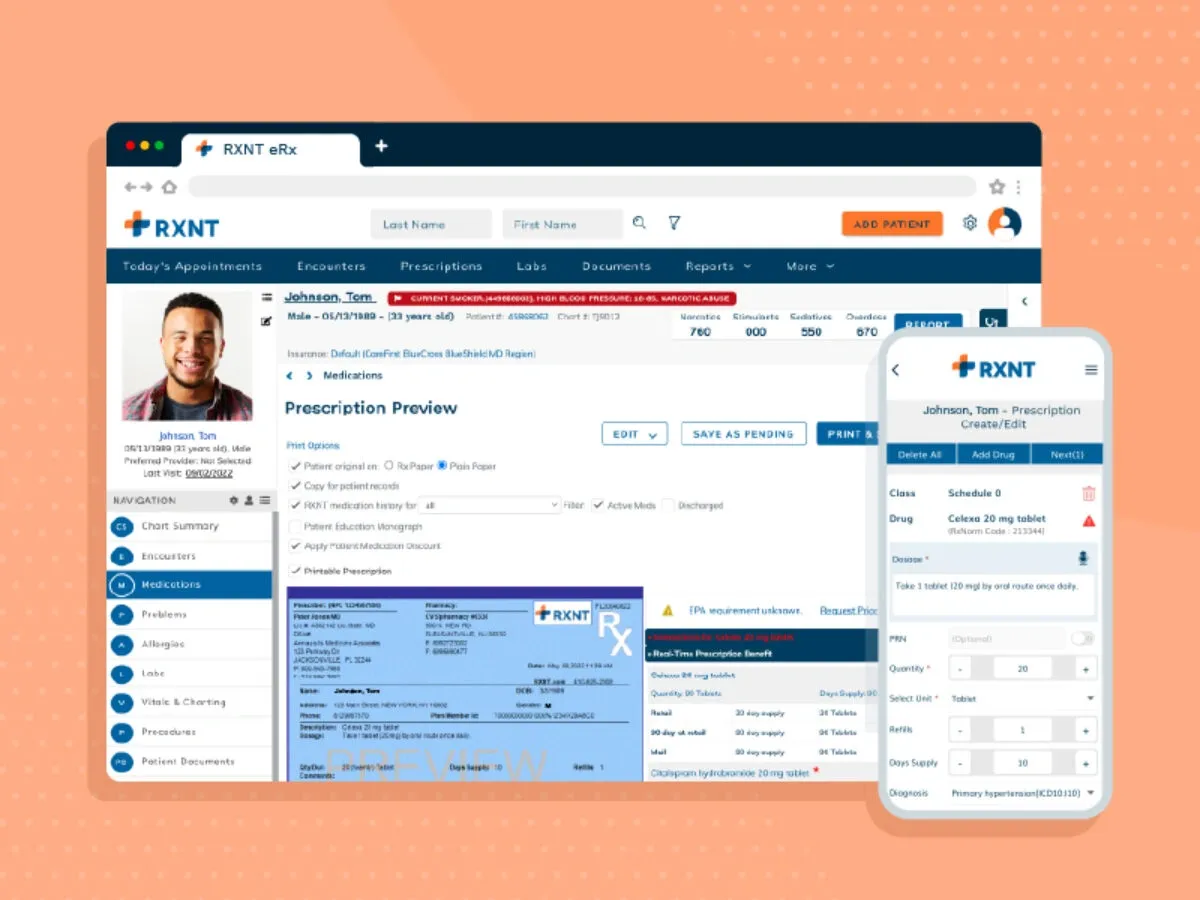
An interface showing a doctor digitally sending a prescription
4. Hospital administration / CRM
Track appointments, manage billing, and communicate with staff.
Example: Practo Pro
Value: Reduces admin burden and improves patient satisfaction.

Image showing how Practo helps with admin work
Here is how you can know which healthcare app type is right for you.
Quick breakdown of which app categories best fit patients, professionals, hospitals, and startups.
How much does it cost to build a healthcare app?
The cost of building a healthcare app ranges from $30,000 to over $500,000.
This depends on app complexity, required features, supported platforms (iOS, Android, or both), and compliance needs like HIPAA.
Apps with telemedicine, real-time monitoring, or EMR integration require higher budgets.
👉 Here are some factors influencing the mobile app development cost.
1. App Complexity
The more complex the app, the higher the development cost. Basic apps with limited functionality (e.g., simple appointment scheduling) cost less, while apps with features like telemedicine, EHR integration, and AI-driven diagnostics can be much more expensive.
2. Platform Choice: (Native vs. Hybrid)
- Native apps (built for iOS and Android separately) typically cost more because of the time and resources required to develop and maintain them for each platform.
- Hybrid apps (cross-platform) tend to be more cost-effective, as a single codebase can be deployed across multiple platforms. However, hybrid apps may have limitations in terms of performance and features.
3. UI/UX Design
The design quality impacts user experience, and healthcare apps, in particular, need to be intuitive and user-friendly. The design costs can vary depending on whether you go for a custom UI/UX design or use templates.
4. Integration Needs
Features like telemedicine, EHR integration, AI symptom checkers, and advanced security systems (such as biometric login or encryption) require specialized expertise and increase development time and costs.
5. Compliance and Security
Ensuring compliance with healthcare regulations such as HIPAA (Health Insurance Portability and Accountability Act) in the US, GDPR (General Data Protection Regulation) in Europe, and other region-specific standards is mandatory.
Implementing robust security measures such as encryption, secure login, and data storage also adds to the overall cost.
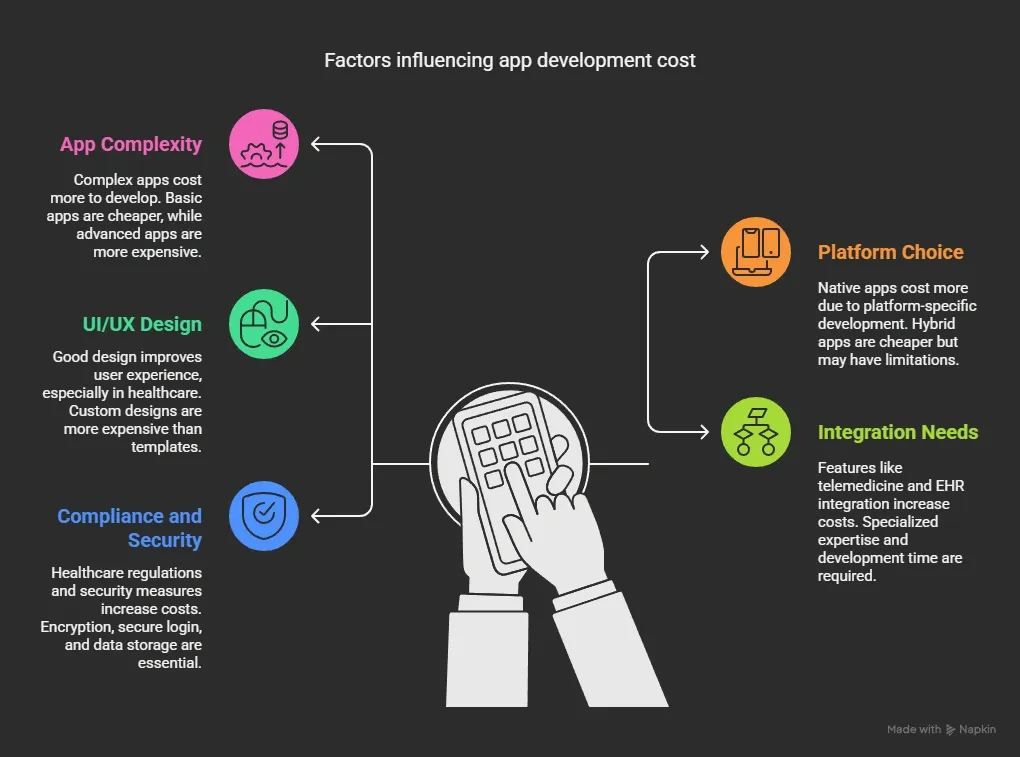
Image showing Factors influencing app development cost
Here's a general cost estimate for different features in healthcare app development:
Additional Costs to Consider:
- Maintenance
After launching your healthcare app, you will need to maintain it regularly by fixing bugs, updating features, and ensuring compliance with changing regulations. Maintenance can cost about 15-20% of the initial development cost annually.
- Marketing & Promotion
The app’s success depends not just on the features, but on how well it's marketed. Budget for app store optimization (ASO), digital marketing campaigns, and influencer partnerships. This can range from $5,000 to $50,000 or more.
- Testing and Quality Assurance
To ensure the app functions smoothly and is compliant with regulations, thorough testing is required. This includes functionality testing, security testing, performance testing, and usability testing. Testing can add $5,000 to $20,000 depending on the app’s complexity.
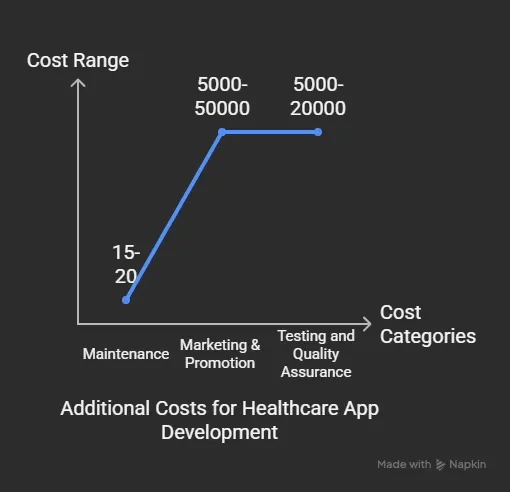
Image showing additional costs for healthcare app development
How long does it take to develop a healthcare app?
Developing a healthcare app takes between 3 to 12 months. A basic MVP with core features takes 3–4 months. A mid-tier app with EHR integration and telemedicine requires 6–9 months.
A full-scale app with AI, HIPAA/GDPR compliance, and multi-platform support can take over 12 months.
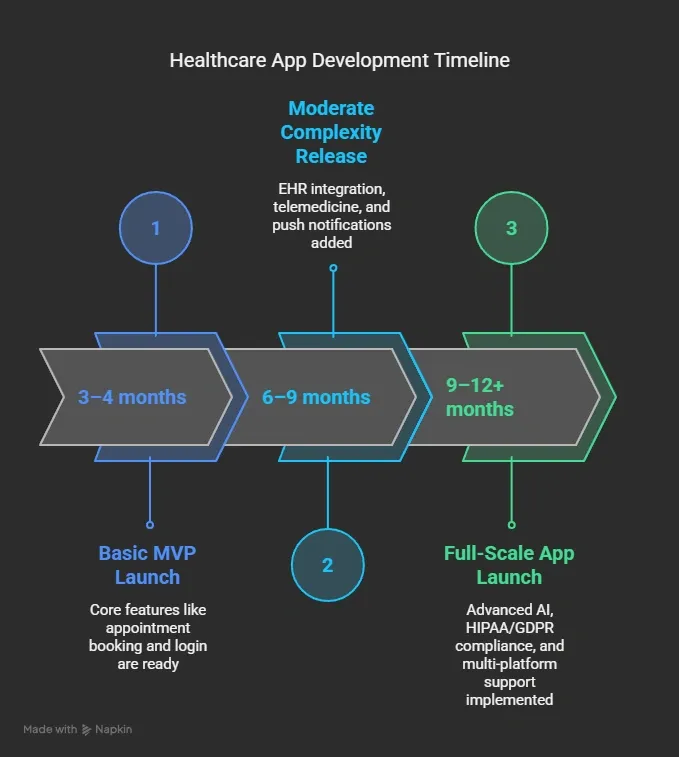
Visual showing the timeline of healthcare app development
Timeline Breakdown by Feature
Here’s a quick snapshot of estimated development times for key healthcare app features. From basic login to complex telemedicine, timelines range from 1 to 8 weeks.
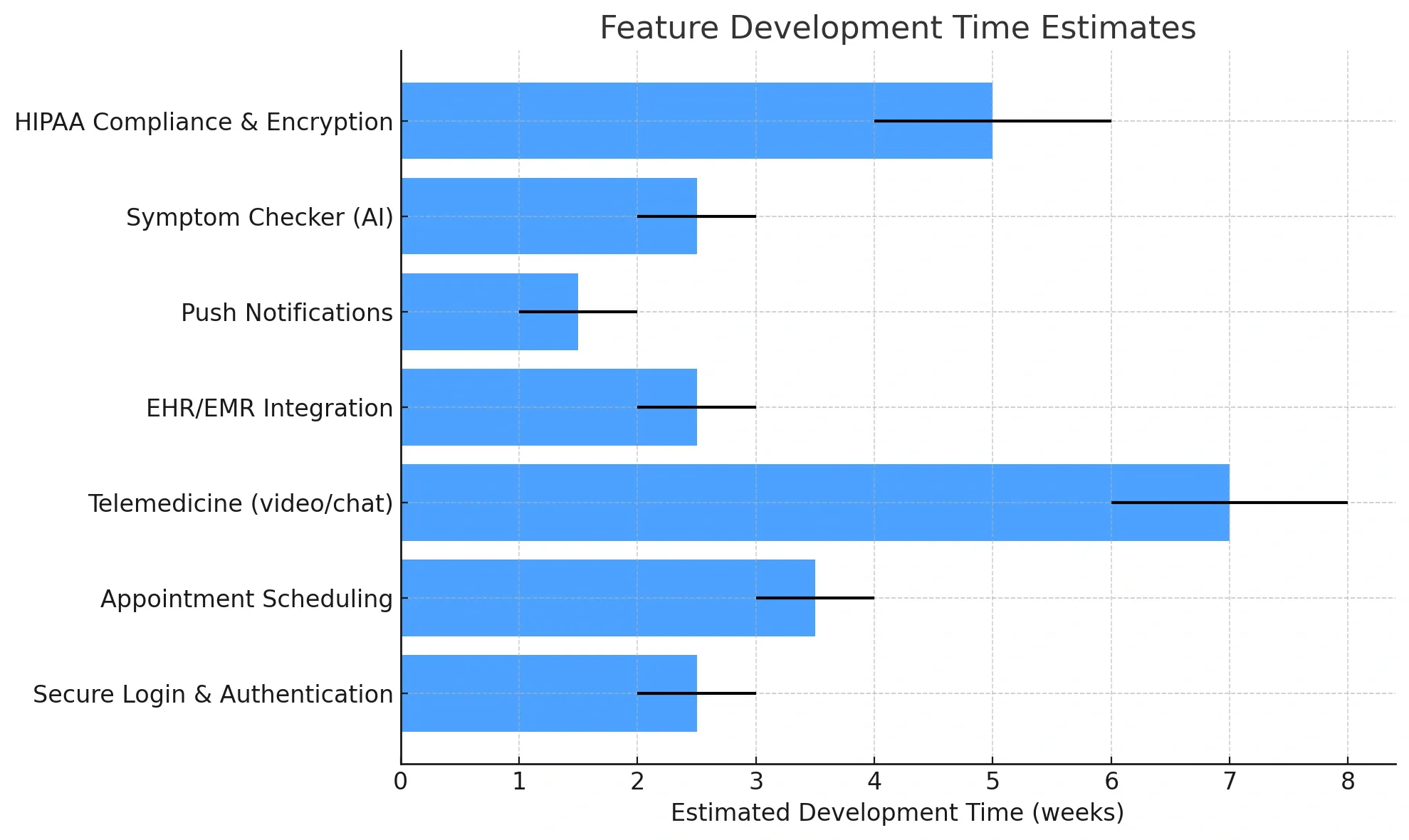
Use this as a planning guide for building your next healthtech solution.
FAQs
How long does it take to build a healthcare mobile app?
Building a healthcare app typically takes 3 to 12 months. A basic MVP with features like user login, appointment booking, and notifications can launch in 3–4 months.
More advanced apps with EHR/EMR integration, AI-driven tools, and multi-platform support may take 9–12+ months due to added complexity and compliance requirements.
What are the most effective monetization models for healthcare apps?
The most effective monetization models for healthcare apps include subscription plans for ongoing access, freemium models that upsell premium features, pay-per-consultation for telehealth, in-app advertising for high-traffic tools, and enterprise licensing for B2B apps used by clinics or hospitals.
How do I know if my app needs HIPAA?
Your app must comply with HIPAA if it stores or transmits protected health information (PHI) from U.S. users. This includes data like diagnoses, lab results, symptoms, or medical history. If your app connects with providers or insurers, HIPAA almost certainly applies. Consult a compliance expert early to ensure proper safeguards are in place.
What’s the best stack for speed + compliance?
An optimized stack for healthcare apps balances development speed and regulatory readiness:
- Frontend: React Native or Flutter for fast cross-platform deployment.
- Backend: Node.js or Django for secure and scalable infrastructure.
- Cloud: AWS or Google Cloud for HIPAA-ready environments.
- Communication: Twilio or Agora for encrypted messaging and video.
What are the advanced technology trends in healthcare app development?
Emerging technologies are transforming digital healthcare:
- AI-powered symptom checkers and diagnostic chatbots (e.g., Infermedica)
- Remote patient monitoring using IoT-enabled wearables
- Blockchain for secure, tamper-proof medical data
- AR/VR therapies for mental health, pain management, and rehabilitation
- Voice interfaces to improve accessibility and user engagement
💡 Need help choosing the right tech stack or feature set? Tenet’s product consultants can assist you from idea validation to launch. Book a Consultation
Ready to build your healthcare app in 2025?
Creating a healthcare app today isn’t just about writing code — it’s about designing with empathy, ensuring data privacy, and delivering real-world value to patients.
From HIPAA-compliant video calls to seamless appointment scheduling and EMR access, every feature needs thoughtful planning.
👉 Contact our developers and learn how we can help you build a healthcare app.
Learn how our developers can help you in healthcare app development
Learn how our developers can help you in healthcare app development

Got an idea on your mind?
We’d love to hear about your brand, your visions, current challenges, even if you’re not sure what your next step is.
Let’s talk
